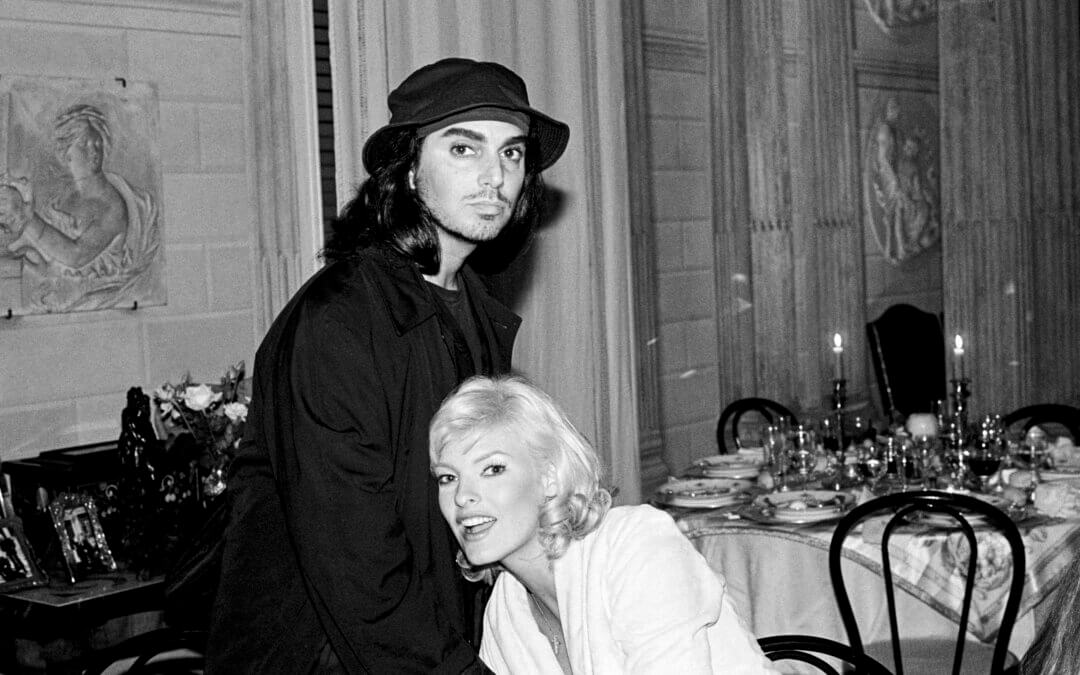
by Randy Dunbar
The Fahey/Klein Gallery is honored to present Reverie, photographs by Arthur Elgort. To celebrate his
long career, this exhibition showcases Elgort’s spontaneous energy through expertly crafted
photographs that have the unforced look of a personal snapshot.
Born in New York City in 1940, Elgort discovered his passion for photography after initially studying
painting at Hunter College. Finding the solitary nature of painting unfulfilling, he turned to photography
and soon found his calling. His early work capturing ballet dancers in motion laid the foundation for his
signature aesthetic: natural, unposed, and full of life. In 1971, his breakthrough came when British
Vogue published one of his images, launching a career that would redefine the industry.
At a time when fashion photography was dominated by rigid, studio-bound compositions, Elgort
introduced a fresh, relaxed perspective. He encouraged models to move freely, embraced natural light,
and brought his subjects into real-world settings—whether bustling city streets, sunlit gardens, or
windswept beaches. His work captured fashion as it was meant to be worn: in motion, alive, and
exuding energy.
“Taking pictures is what I love and I like my subjects to be varied, a little bit of everything – fashion, jazz,
ballet, my kids, landscapes, and even ‘street’ photography. I never want my work to be stuck in one
category. Fashion might be what sells, but a girl on a subway could be fashion, a jazz musician in a club
could be fashion, and a ballerina at the barre could be too. I’ve always like to integrate all of my interests
into my photos and I think that’s reflected in this exhibit of nearly 50 years of my work.”
– Arthur Elgort
Over the past five decades, Arthur Elgort has not only become one of the most celebrated and imitated
photographers in the world, but he has also redefined what fashion photography could be. From his
iconic Vogue covers to his influential luxury-brand campaigns, his images remain as fresh and relevant
today as ever. Reverie offers a rare opportunity to experience the breadth of his vision—a legacy that
continues to inspire and shape the future of photography.
Arthur Elgort:
Reverie
March 6 through May 3, 2025
Exhibition Reception: Thursday, March 6th
Fahey/Klein Gallery 148 N. La Brea Avenue Los Angeles CA 90036
Tel: 323-934-2250
www.faheykleingallery.com






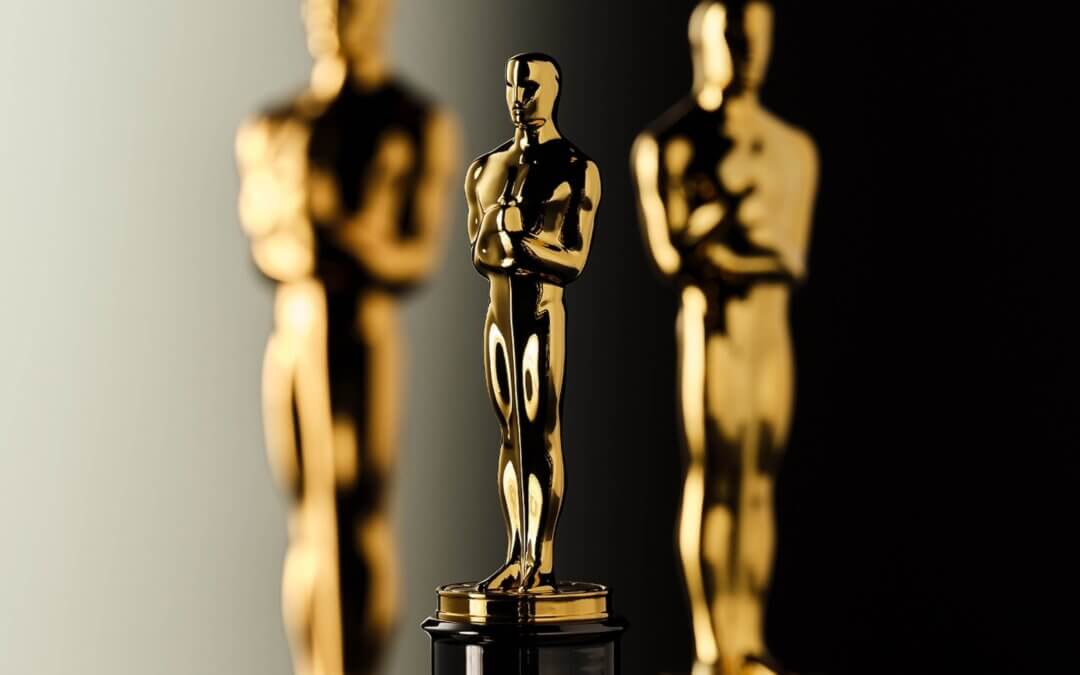
by Randy Dunbar
The Oscars, officially known as the Academy Awards, are nearly 96 years old. The first ceremony was held on May 16, 1929, at the Hollywood Roosevelt Hotel in Los Angeles. Here’s a bit of history:
Origins:
The awards were conceived by Louis B. Mayer, head of MGM Studios, as a way to honor outstanding achievements in the film industry and to help improve its public image during a time when Hollywood faced scandals and criticism. The awards also aimed to foster unity among industry professionals.
The First Ceremony:
- The inaugural event honored films released between 1927 and 1928.
- It was a private dinner with about 270 guests in attendance.
- Tickets cost $5, and the ceremony lasted just 15 minutes.
- The winners were announced three months earlier, so there wasn’t much suspense like today.
The Statuette:
The famous Oscar statuette was designed by Cedric Gibbons and sculpted by George Stanley. The statuette depicts a knight holding a sword, standing on a reel of film. It’s made of gold-plated bronze and is one of the most recognizable trophies in the world.
The Name “Oscar”:
There’s no definitive story behind the name, but one popular legend is that Margaret Herrick, the Academy librarian, remarked the statue resembled her uncle Oscar. The nickname stuck and became official in 1939.
Growth and Prestige:
Over the years, the Academy Awards evolved into a major televised event. The first broadcast was on radio in 1930, and it debuted on television in 1953. Today, it’s a global celebration of cinema, drawing millions of viewers from around the world.
The Oscars have seen incredible moments, controversies, and milestones, making it a cultural phenomenon and one of the highest honors in the entertainment industry. The upcoming 96th Oscars will be held on March 10, 2025.
BEST PICTURE
“Anora” (Neon)
A Cre Films Production
Alex Coco, Samantha Quan and Sean Baker, Producers
“The Brutalist” (A24)
An A24/Brookstreet Pictures/Kaplan Morrison Production
Nominees to be determined
“A Complete Unknown” (Searchlight)
A Veritas Entertainment Group/White Water/Range/Picture Company/Turnpike Films Production
Fred Berger, James Mangold and Alex Heineman, Producers
“Conclave” (Focus Features)
A FilmNation Entertainment/Indian Paintbrush/House Production
Tessa Ross, Juliette Howell and Michael A. Jackman, Producers
“Dune: Part Two” (Warner Bros.)
A Legendary Pictures Production
Mary Parent, Cale Boyter, Tanya Lapointe and Denis Villeneuve, Producers
“Emilia Pérez” (Netflix)
A Netflix/Page 114/Why Not Productions/Pathé/France 2 Cinéma/Saint Laurent by Anthony Vaccarello
in association with Library Pictures International Production
Nominees to be determined
“I’m Still Here” (Sony Pictures Classics)
A VideoFilmes/RT Features/Mact Production
Nominees to be determined
“Nickel Boys” (Orion Pictures/Amazon MGM Studios)
A Plan B Entertainment/Anonymous Content/Louverture Films Production
Nominees to be determined
“The Substance” (Mubi)
A Match Factory/Working Title/Blacksmith/A Good Story Production
Nominees to be determined
“Wicked” (Universal)
A Universal Pictures/Marc Platt Production
Marc Platt, Producer
ACTOR IN A LEADING ROLE
ACTOR IN A SUPPORTING ROLE
ACTRESS IN A LEADING ROLE
ACTRESS IN A SUPPORTING ROLE
ANIMATED FEATURE FILM
NOMINEES
Nominees to be determined
Kelsey Mann and Mark Nielsen
Adam Elliot and Liz Kearney
WALLACE & GROMIT: VENGEANCE MOST FOWL
Nominees to be determined
Chris Sanders and Jeff Hermann
ANIMATED SHORT FILM
NOMINEES
Nicolas Keppens and Brecht Van Elslande
IN THE SHADOW OF THE CYPRESS
Shirin Sohani and Hossein Molayemi
Daisuke Nishio and Takashi Washio
Nina Gantz and Stienette Bosklopper
Loïc Espuche and Juliette Marquet
COSTUME DESIGN
Janty Yates and Dave Crossman
DOCUMENTARY FEATURE FILM
NOMINEES
Shiori Ito, Eric Nyari and Hanna Aqvilin
Basel Adra, Rachel Szor, Hamdan Ballal and Yuval Abraham
Brendan Bellomo, Slava Leontyev, Aniela Sidorska and Paula DuPre’ Pesmen
SOUNDTRACK TO A COUP D’ETAT
Johan Grimonprez, Daan Milius and Rémi Grellety
Nominees to be determined
DOCUMENTARY SHORT FILM
NOMINEES
Kim A. Snyder and Janique L. Robillard
Smriti Mundhra and Maya Gnyp
Bill Morrison and Jamie Kalven
INSTRUMENTS OF A BEATING HEART
Ema Ryan Yamazaki and Eric Nyari
THE ONLY GIRL IN THE ORCHESTRA
Molly O’Brien and Lisa Remington
INTERNATIONAL FEATURE FILM
The Seed of the Sacred Fig
MAKEUP AND HAIRSTYLING
NOMINEES
Mike Marino, David Presto and Crystal Jurado
Julia Floch Carbonel, Emmanuel Janvier and Jean-Christophe Spadaccini
David White, Traci Loader and Suzanne Stokes-Munton
Pierre-Olivier Persin, Stéphanie Guillon and Marilyne Scarselli
Frances Hannon, Laura Blount and Sarah Nuth
MUSIC (ORIGINAL SCORE)
Clément Ducol and Camille
John Powell and Stephen Schwartz
MUSIC (ORIGINAL SONG)
NOMINEES
from Emilia Pérez; Music by Clément Ducol and Camille; Lyric by Clément Ducol, Camille and Jacques Audiard
from The Six Triple Eight; Music and Lyric by Diane Warren
from Sing Sing; Music and Lyric by Abraham Alexander and Adrian Quesada
from Emilia Pérez; Music and Lyric by Camille and Clément Ducol
from Elton John: Never Too Late; Music and Lyric by Elton John, Brandi Carlile, Andrew Watt and Bernie Taupin
PRODUCTION DESIGN
NOMINEES
Production Design: Judy Becker; Set Decoration: Patricia Cuccia
Production Design: Suzie Davies; Set Decoration: Cynthia Sleiter
Production Design: Patrice Vermette; Set Decoration: Shane Vieau
Production Design: Craig Lathrop; Set Decoration: Beatrice Brentnerová
Production Design: Nathan Crowley; Set Decoration: Lee Sandales
LIVE ACTION SHORT FILM
NOMINEES
Sam Cutler-Kreutz and David Cutler-Kreutz
Adam J. Graves and Suchitra Mattai
Victoria Warmerdam and Trent
Cindy Lee and Darwin Shaw
THE MAN WHO COULD NOT REMAIN SILENT
Nebojša Slijepčević and Danijel Pek
SOUND
NOMINEES
Tod A. Maitland, Donald Sylvester, Ted Caplan, Paul Massey and David Giammarco
Gareth John, Richard King, Ron Bartlett and Doug Hemphill
Erwan Kerzanet, Aymeric Devoldère, Maxence Dussère, Cyril Holtz and Niels Barletta
Simon Hayes, Nancy Nugent Title, Jack Dolman, Andy Nelson and John Marquis
Randy Thom, Brian Chumney, Gary A. Rizzo and Leff Lefferts
VISUAL EFFECTS
NOMINEES
Eric Barba, Nelson Sepulveda-Fauser, Daniel Macarin and Shane Mahan
Luke Millar, David Clayton, Keith Herft and Peter Stubbs
Paul Lambert, Stephen James, Rhys Salcombe and Gerd Nefzer
KINGDOM OF THE PLANET OF THE APES
Erik Winquist, Stephen Unterfranz, Paul Story and Rodney Burke
Pablo Helman, Jonathan Fawkner, David Shirk and Paul Corbould
WRITING (ADAPTED SCREENPLAY)
NOMINEES
Screenplay by James Mangold and Jay Cocks
Screenplay by Peter Straughan
Screenplay by Jacques Audiard; In collaboration with Thomas Bidegain, Léa Mysius and Nicolas Livecchi
Screenplay by RaMell Ross & Joslyn Barnes
Screenplay by Clint Bentley, Greg Kwedar; Story by Clint Bentley, Greg Kwedar, Clarence Maclin, John “Divine G” Whitfield
WRITING (ORIGINAL SCREENPLAY)
Written by Brady Corbet, Mona Fastvold
Written by Jesse Eisenberg
Written by Moritz Binder, Tim Fehlbaum; Co-Written by Alex David
Written by Coralie Fargeat






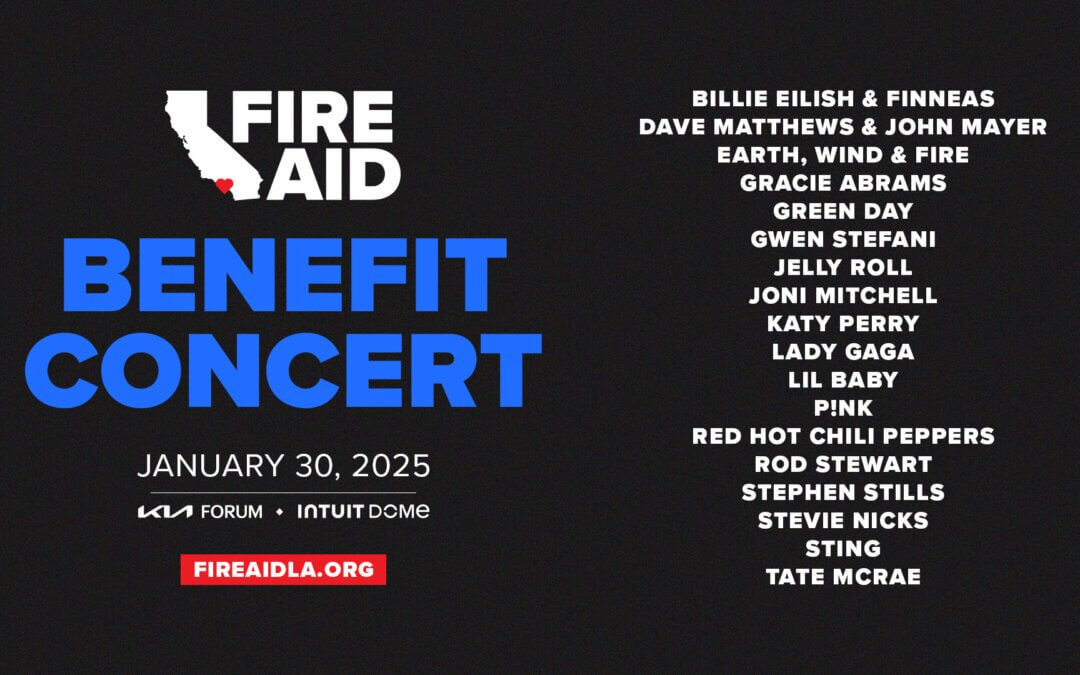
by Randy Dunbar

A night to remember and for a good cause. With a stellar line-up, the benefit concert to aid communities affected by the recent wildfires is underway and will take place. in two venues, Intuit Dome and the Kia Forum.
Join us for an evening of music and solidarity. The FireAid benefit concert will be held at Intuit Dome and Kia Forum on January 30th dedicated to rebuilding communities that have been devastated by wildfires. Contributions made to FireAid in connection with the FireAid benefit concert and other direct donations will be distributed under the advisement of the Annenberg Foundation and will be distributed for short-term relief efforts and long-term initiatives to prevent future fire disasters throughout Southern California. The Annenberg Foundation, with decades of philanthropic leadership in our community, including rapid response, will help coordinate a team to direct funds for the greatest impact.
When do tickets go on sale?
TIckets for the FireAid Benefit Concert at Intuit Dome and the Kia Forum will go on sale Wednesday January 22 at 12:00PM PST.
Is there a presale?
In an effort to give everyone an equal opportunity to attend the Benefit Concert there will be no presale for this event.
What time is the concert?
The FireAid Benefit concert will begin at 6PM PST.
Will the concert run at the same time at Intuit Dome and the Kia Forum?
Yes, both concerts will run in tandem.
When will ticket pricing be available?
Ticket pricing will be available at the on–sale date. Contributions will go towards FireAid relief.
Does my ticket give me access to both venues?
Tickets are only valid for the venue that you selected when you purchased your ticket(s). They are not valid for both venues.
I can’t attend the event, is there somewhere I can watch it?
Yes! FireAid Will be Broadcast by Select AMC Theatres, Apple Music and the Apple TV App, Max, iHeartRadio, KTLA+, Netflix/Tudom, Paramount+, Prime Video and the Amazon Music Channel on Twitch, SiriusXM, Spotify, SoundCloud, Veeps, and YouTube
I can’t go to the concert. How else can I help?
Direct donations can be made here or for large donations please contact donations@fireaidla.org to make an ACH/Wire Transfer.







by Randy Dunbar
Katie Nartonis’ book California Desert Artists is an insightful tribute to the vibrant art scene inspired by California’s desert landscapes. Known for her expertise in 20th-century art and design, Nartonis delves into the lives and works of artists who have been drawn to the Coachella Valley, Joshua Tree, and surrounding desert regions. Her work explores how these arid settings shaped the artistic visions of both past and contemporary creatives.
The book captures the allure of the desert—its stark beauty, distinctive light, and tranquil isolation—that has historically inspired painters, sculptors, and craftspersons. By featuring the narratives of these artists, the book serves as both a historical document and an aesthetic exploration, celebrating the interplay between environment and creativity. Readers can expect richly illustrated content alongside Nartonis’ well-researched prose, providing a visual feast and thoughtful analysis.
This volume is especially valuable for those interested in regional art history and how environmental factors influence artistic production. It debuted at the 29 Palms Book Festival, reflecting the author’s deep connection to the region and its creative community.







by Randy Dunbar
HAZELNUT rich, sweetly aromatic, nutty
Craving the comforts of buttery, sweet hazelnut? cambio roasters® hazelnut is our most indulgent coffee. certified organic beans, expertly curated to pair with flavors of toasted hazelnut. then roasted to aromatic perfection and a slightly sweet finish. all flavor-locked in our aluminum pod for a superior fresh-ground experience in your existing brewer.
100% peru (w/ natural and artificial flavors)
HOUSE BLEND balanced, ripe fruit, toffy
Bright and vibrant for breakfast, and rich enough for dinner? it’s Cambio roasters® organic house blend – one of our signature coffees. full-flavored Mexican and Peruvian beans. blended for notes of ripe fruit, milk chocolate, toffy – and a smooth, sweet, lingering finish. all flavor-locked in our aluminum pod for a superior fresh-ground experience in your existing brewer.
50% peru 50% mexico
Cambio Roasters is making waves in the coffee world by combining sustainability with exceptional quality. This company reimagines coffee consumption by offering 100% recyclable aluminum coffee pods, a stark contrast to the traditional plastic pods that often end up in landfills.
The Coffee Industry and Sustainability Challenges
- The coffee industry produces over 50 billion single-use coffee pods annually, with many made of plastic. A significant portion of these pods is non-recyclable, leading to thousands of tons of waste.
- Plastic coffee pods can take up to 500 years to decompose, contributing to environmental degradation.
Cambio Roasters’ Aluminum Advantage
- Aluminum is infinitely recyclable, meaning it can be reused repeatedly without losing quality, unlike plastic.
- Recycling aluminum uses 95% less energy than producing it from raw materials. Cambio ensures every pod you use can be responsibly recycled, reducing carbon footprints while delivering premium coffee.
Premium Coffee, Conscious Choice
Cambio Roasters also prioritizes high-quality, sustainably sourced coffee. By selecting beans from ethical farms, they aim to support growers while providing consumers with rich, flavorful options.
By opting for Cambio’s pods, coffee drinkers can enjoy their morning brew while contributing to a circular economy. It’s coffee with a conscience—helping reduce waste, conserve energy, and protect the planet.
Why Choose Cambio?
- Delicious, ethically sourced coffee.
- Eco-friendly aluminum pods for guilt-free brewing.
- A step toward reducing plastic pollution, one cup at a time.
Switching to Cambio Roasters isn’t just a choice for better coffee—it’s a choice for a better planet.
CAMBIO COFFEE PODS CAN BE FOUND: https://cambioroasters.com/







by Randy Dunbar
As we inch toward Halloween, scary events emerge from the shadows. Of note is the Día de los Muertos at Hollywood Forever Cemetery — a truly spectacular event to attend. This year, the guiding theme is the Monarch Butterfly and its winter home, the Mexican state of Michoacán. Michoacán is also one of the two cultural heartlands in Mexico where the ancient traditions of Dia de los Muertos have been celebrated the longest and most vibrantly. It’s a strange feeling to be walking among the dead on the Day of the Dead, but this event truly pays homage.
- Los Angeles Area:
- San Diego:
- Autumn Festival at San Diego Zoo Safari Park (Oct 27): Enjoy wildlife encounters and fall-themed activities such as harvest food, live music, and family-friendly entertainment
.
- Mr. Jack O’ Lantern’s Pumpkin Patch (through Oct 31): A festive spot perfect for families, featuring pumpkin picking, games, and a spooky maze
.
- Sip & Scare Sunset Special (Oct 26): For something unique, embark on a haunted train ride through San Diego’s Campo backcountry, where passengers can enjoy themed cocktails along the eerie journey
.
- Cultural and Film Events:
- Monster Mash at the Academy Museum (Oct 26, Los Angeles): Film lovers can join this special Halloween event filled with spooky classics, interactive exhibits, and special screenings
.
- Italian Film Festival (through Oct 27, San Diego): This film festival celebrates the best of Italian cinema, offering a variety of screenings, from dramas to comedies







by Randy Dunbar
Mastering the Real Estate Market in Southern California: The Southern California real estate market is one of the most dynamic and competitive in the country, attracting buyers, sellers, and investors from across the globe. From the sun-soaked beaches of Malibu to the urban sprawl of Los Angeles and the growing suburbs of Orange County, each area offers unique opportunities and challenges for anyone looking to enter the market. But what does it take to truly become an expert in this diverse landscape?
Understanding Market Trends
In Southern California, market trends can shift rapidly due to factors like economic conditions, housing demand, and local regulations. An expert stays ahead of the curve by keeping a pulse on key indicators such as:
- Home Prices: Property values vary widely across the region, with some areas experiencing rapid appreciation while others may stabilize.
- Inventory Levels: In low-inventory markets, competition among buyers is fierce, often leading to bidding wars and above-asking-price sales.
- Interest Rates: These directly impact buyer affordability, influencing how many potential buyers can enter the market.
By regularly analyzing these trends, real estate professionals can make informed recommendations to their clients, ensuring they capitalize on the right opportunities.
Regional Expertise
Southern California isn’t a monolithic market. Each city and neighborhood has its own unique characteristics and demand drivers. An expert understands the nuances of the following:
- Los Angeles: As the entertainment capital of the world, LA attracts high-net-worth individuals and international buyers. Neighborhoods like Beverly Hills and Bel-Air are known for luxury homes, while emerging areas like Downtown LA are popular for condo developments and urban living.
- Orange County: Known for its family-friendly communities, excellent school districts, and coastal living, areas like Newport Beach and Laguna Niguel are in high demand among buyers looking for a mix of luxury and suburban life.
- Inland Empire: More affordable than its coastal counterparts, the Inland Empire offers opportunities for first-time homebuyers and real estate investors interested in rental properties.
Legal and Regulatory Knowledge
Southern California’s real estate market is governed by complex laws, zoning regulations, and environmental concerns. From rent control ordinances in certain cities to navigating the California Environmental Quality Act (CEQA) for new developments, true expertise requires staying updated on these rules to protect clients’ interests and ensure smooth transactions.
Building Relationships and a Network
Real estate is a relationship-driven business. The best real estate experts build strong connections with local developers, mortgage brokers, contractors, and other agents. These relationships provide insider knowledge and access to off-market properties—an invaluable resource in Southern California, where competition is high.
Investment Savvy
Southern California remains a hotspot for real estate investors, whether it’s short-term rentals in prime tourist areas or long-term residential investments. An expert knows which neighborhoods are poised for growth and where cap rates and cash-on-cash returns offer the best potential.
Marketing and Technology
In a region as competitive as Southern California, real estate experts use cutting-edge marketing techniques to stand out. From drone photography and virtual tours to savvy social media campaigns, staying ahead in the digital space is essential to reach the right audience.
Final Thoughts
Expertise in the Southern California real estate market goes far beyond basic property transactions. It requires a deep understanding of regional trends, laws, investment opportunities, and a strong network. Whether you’re buying, selling, or investing, aligning with an expert who has a holistic view of the market can make all the difference in achieving success in this fast-paced and competitive landscape.






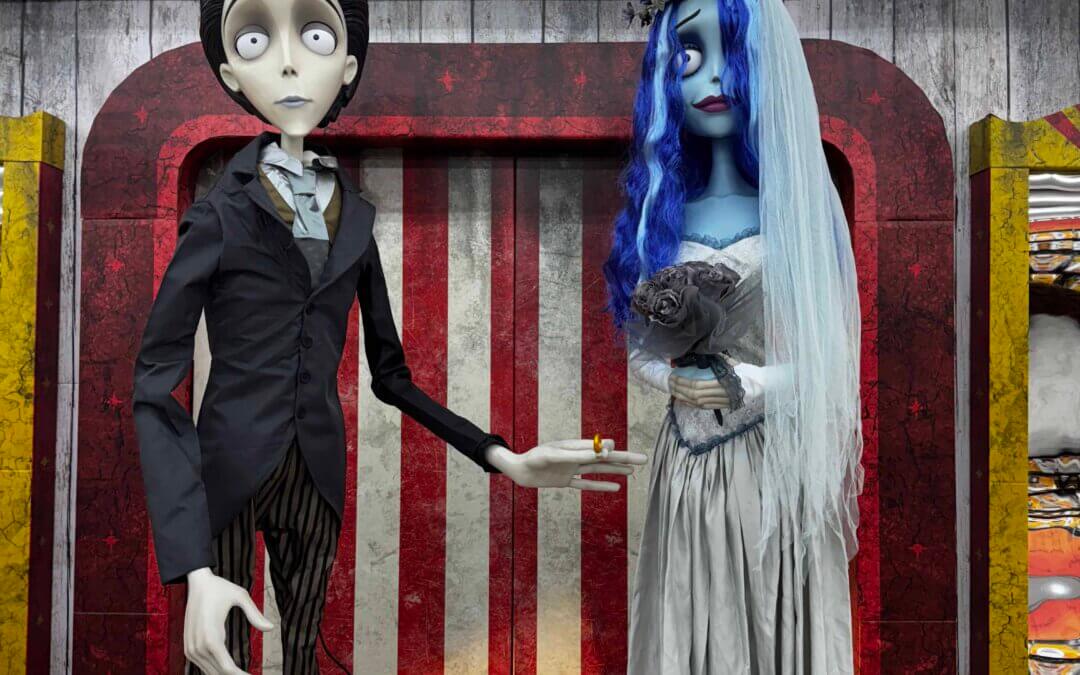
by Randy Dunbar
How often do you say: “what a fun store?” But, that is what will happen when you visit the brand new Halloween shop called Spirit Halloween at 1601 N Vermont Ave, Los Angeles, CA 90027. With Halloween being a mere four weeks away, it is time to get into the spirit, and into the costume. A large space with some very large and scary tableaus, it is a store full of surprises—and reasonable prices (that’s rare these days!)
It’s also time to plan your Halloween outing this year. Here is a list of the usual suspects, but guaranteed to thrill nonetheless:
Here are some top Halloween events happening in and around Hollywood this year, along with links to their official websites:
-
Halloween Horror Nights at Universal Studios Hollywood
- Experience immersive haunted mazes, scare zones, and attractions based on popular horror franchises like The Texas Chainsaw Massacre and Insidious. Runs through select nights in October.
-
West Hollywood Halloween Carnaval
- One of the largest outdoor Halloween street festivals, with thousands of attendees showcasing extravagant costumes, live entertainment, and street performers. Takes place on Halloween night.
-
Los Angeles Haunted Hayride
- A spooky hayride through Griffith Park’s Old Zoo, featuring haunted mazes, scare zones, and eerie surprises. Open on select nights in October.
-
Queen Mary’s Dark Harbor
- This haunted attraction takes place aboard the historic Queen Mary ship in Long Beach, known for its paranormal activity. It features haunted mazes and ghostly encounters. Dates run from late September through Halloween.
-
Hollywood Forever Cemetery Dia de los Muertos
- Celebrating the Day of the Dead, this event features altars, traditional Mexican food, live performances, and art displays. Held in late October.
These events vary from full-on scares to cultural celebrations, offering something for everyone! Make sure to visit their websites for ticket information and schedules.







by Randy Dunbar
The idea for a book took a long time. Maybe eight years or more. I had such a vast collection of images and writings that it seemed like a book was the perfect publishing outlet.
I had used a Nixon FE for decades and that was the camera I used on a trip to Bali and Maldives. When the iPhone became a good tool that could take excellent images and not hang around your neck, it was an easy to go.
I have always loved photography.
The play of light on a face, a wall was an instance waiting to happen. One had to only look. It was there.
Photographing people can be trickier. I was in Paris and a group of models were outside a museum smoking—all elegantly dressed and I was too shy to ask for a picture. You can regret those moments, for a long time.
Travel photography was a calling. I needed new and unique places. I loved visiting elegant hotels and parts of the world rarely visited. I tried to avoid cliches. I sometimes succeeded, But I made this book of the hopefully unique. moments to share.

My family rarely left the country. Other than some road trips to Tijuana,
the National Parks, and Crestline, we never left the country.
At an early age, I did visit San Francisco and Palm Springs frequently, and after
high school, trips to New York City were frequent. But it wasn’t until that first
flight to Hawaii the notion that travel could make you feel different happened.
It’s not easy to know just what it is because, until you’ve been there, you’re only
As I think about it, having grown up and still living in Los Angeles, despite that
sojourn of eight years in New York City, I know this town, maybe too well.
A trip to Bali in the 90s convinced me that what I was seeking was “otherness”,
something other than American culture. When a bare-chested woman was walking
down a dirt road in Ubud with fruit on her head, I thought, I am not an American
anymore. Later, a bloody cockfight would cement that notion.
Heat and humidity could not wrest my love of traveling from me. I went to Bali.
Australia, Europe, the Maldives, Mexico, Belize, and many other countries
I didn’t always have a camera. I missed what I am sure would have been an
award-winning photo (Paris 2015, Vogue’s 95th Anniversary Party) and numerous
other “moments” where people shifted, the light changed, or a car blocked the
Some pictures were taken with a 35mm camera—most with an iPhone, which
in many ways is the better camera—certainly when traveling, it is the more
Traveling creates stories. All places have their stories and the people you meet
on a journey have their stories. We engage with a culture other than the one we
know—language, cuisine, and dress come together to create a story vastly unique
and, for many, wonderous. It can be arduous, it can be boring (airports, delayed
flights and toll tickets from other countries






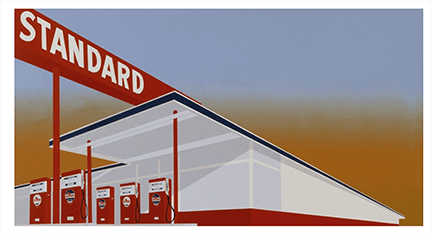
by Randy Dunbar

If you’re looking to explore some of the best art shows currently happening in Southern California, there are several must-see exhibitions across the region:
- Ed Ruscha / Now Then at LACMA, Los Angeles (until October 6, 2024): This comprehensive retrospective offers a deep dive into Ed Ruscha’s career, showcasing his iconic works that reflect the American landscape and culture.
- Paul Mpagi Sepuya: Daylight Studio/Dark Room Studio at Vielmetter, Los Angeles (through October 22, 2024): Sepuya’s exhibition features photography that merges historical references with a contemporary, queer perspective, exploring themes of intimacy and visibility.
- Impermanence by Yukie Ishikawa at Blum & Poe, Los Angeles: This exhibit highlights Ishikawa’s unique style, blending minimalist elements with textured materials, resulting in hauntingly beautiful abstractions.
- Festival of Arts & Pageant of the Masters in Laguna Beach (through September 2, 2024): These iconic outdoor festivals feature works by some of Southern California’s finest artists and a live performance where art literally comes to life on stage
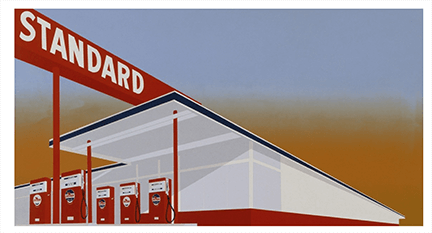
Ed Ruscha has consistently held up a mirror to American society by transforming some of its defining attributes—from consumer culture and popular entertainment to the ever-changing urban landscape—into the very subject of his art. In 1956, Ruscha left Oklahoma City to study commercial art in Los Angeles, where he drew inspiration from the city’s architectural landscape—parking lots, urban streets, and apartment buildings—and colloquial language.
As his first comprehensive, cross-media retrospective in over 20 years, ED RUSCHA / NOW THEN traces Ruscha’s methods and familiar subjects throughout his career and underscores the many remarkable contributions he has made well beyond the boundaries of the art world. The exhibition includes his early works produced while traveling through Europe, his installations—such as the Chocolate Room and the Course of Empire presented at the Venice Biennale in 1970 and 2005, respectively—and his ceaseless photographic documentation of the streets of Los Angeles beginning in 1965.






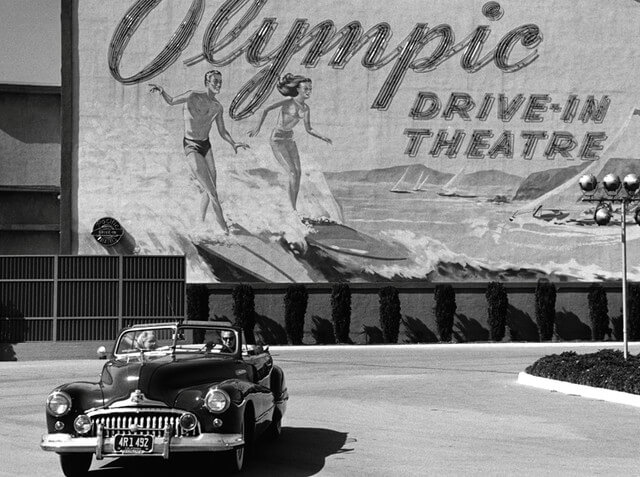
by Randy Dunbar
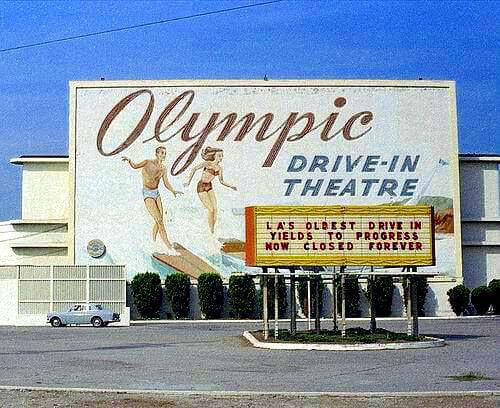 There was a time—and it would be right about now, late afternoon. The sun would be setting and the weather would invite the family to pack up head to a drive-in theatre. There was a playground in front of the screen, seated in a a small sand box and once the movie began, every child was summoned back to the car. Drive-in theaters emerged in the 1930s, peaking in popularity during the 1950s and 60s. They provided a perfect blend of the automotive culture and the burgeoning film industry, creating a social hub for communities. Families piled into their cars, packed with blankets and pillows, eager to enjoy the latest Hollywood offerings from the cozy confines of their vehicles.
There was a time—and it would be right about now, late afternoon. The sun would be setting and the weather would invite the family to pack up head to a drive-in theatre. There was a playground in front of the screen, seated in a a small sand box and once the movie began, every child was summoned back to the car. Drive-in theaters emerged in the 1930s, peaking in popularity during the 1950s and 60s. They provided a perfect blend of the automotive culture and the burgeoning film industry, creating a social hub for communities. Families piled into their cars, packed with blankets and pillows, eager to enjoy the latest Hollywood offerings from the cozy confines of their vehicles.
The experience of a drive-in theater was more than just watching a movie. It was a full-sensory journey: the soft hum of car engines, the crackling sound of the film reel, and the mingling aromas of popcorn, candy, and night air. It was the anticipation as the sun dipped below the horizon, signaling the start of the show, and the collective excitement that spread through the crowd as the first frames flickered on the giant screen and all eyes looked forward.
That was then—this is now and not all the theaters are gone—here is a shortlist of drive-in’s in th eSouthern California region. If you’ve not had this experience, it is one to partake: fun, unique and oddly entertaining.
- Paramount Drive-In Theatre (Paramount, CA): Originally opened in 1947, this drive-in was revived in recent years with modern amenities, including digital projection and a full snack bar. It’s a classic drive-in experience with two 75-foot screens showing double features (Time Out Worldwide) (Kidsguide).
- Electric Dusk Drive-In (Glendale, CA): Known for its retro vibe, this drive-in offers a mix of cult classics and recent favorites. It even provides an option to sit on the grass if you prefer not to stay in your car (Time Out Worldwide) (MomsLA).
- Van Buren Drive-In Theatre (Riverside, CA): This drive-in has been operating since 1964 and features an old California orange grove theme. It now has three screens and shows double features every night (Time Out Worldwide) (PBS SoCal).
- Vineland Drive-In Theatre (City of Industry, CA): With four screens, this drive-in offers a variety of films and is a popular choice for families. It’s known for its traditional movie snacks and family-friendly atmosphere (MomsLA)(Kidsguide).
- Mission Tiki Drive-In Theatre (Montclair, CA): This drive-in has a unique tiki theme and offers a fun, themed environment. It opened in 1956 and continues to be a favorite for many in the area (PBS SoCal).
- South Bay Drive-In (Imperial Beach, CA): Operating since 1958, this drive-in features nautical-themed decor and modern upgrades, making it a popular spot in the San Diego area (MomsLA).
The Olympic Theatre This former drive-in originally opened in 1934 as the 500-car capacity Drive-In (the first drive-in in California) at Pico Boulevard and Westwood Boulevard. It was soon re-named Pacific Drive-In (the operators were Pacific Theatres) and had become the Pico Drive-In when it was closed on October 1, 1944. (A separate page on Cinema Treasures covers this theatre)
It moved 2 miles to the west from that location to Olympic Boulevard and Bundy Drive, (re)opening on April 4, 1945 with Edward G. Robinson in “The Woman in the Window” & Bud Abbott & Lou Costello in “Lost in a Harem”. It was renamed the Olympic Drive-In on October 3, 1945. This drive-in had a screen tower with a mural of two surfers (a boy and a girl) riding a wave. Opened with 775 car spaces, it lasted until October 14, 1973 when it was screening adult movies. The final program being “School Girls”, “School Girls Growing” and Swinging Wives”
These theaters provide a nostalgic and enjoyable way to watch movies under the stars, making them a cherished part of Southern California’s cultural landscape. For more information on showtimes and locations, you can visit the respective theater websites or check local listings.
Footnote: And just like that, TMC last week showed the 1968 Peter Bogdanovich film, Targets. A profoundly disturbing film with a subplot featuring Boris Karloff, Bogdanovich‘s ingenious climax brings the two worlds together as a shooter takes pot-shots at a cinema audience from behind the screen of a drive-in showing a ‘Byron Orlok’ movie (The Terror – what else?). The outdoor picture house was the Reseda Drive-in Theater on Reseda Boulevard at Vanowen Street, Reseda. It closed in 1985 and has since been demolished.






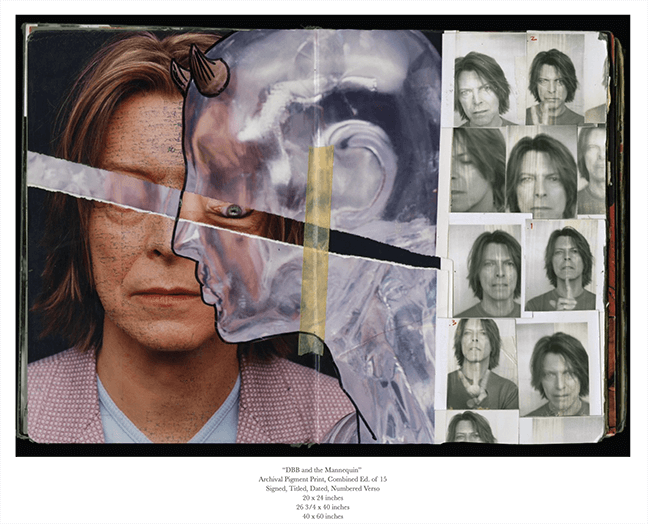
by Randy Dunbar
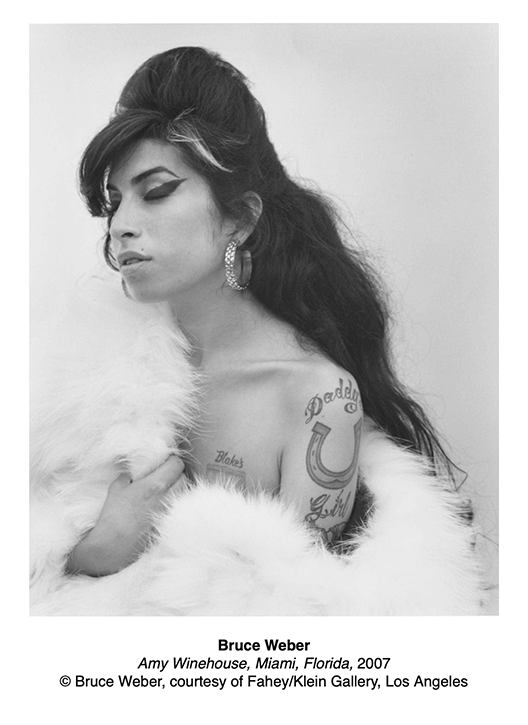 The Fahey/Klein Gallery is pleased to present Face the Music: The Legacy of Music Photography. The exhibition celebrates the enduring legacy of music legends who transcended the boundaries of entertainment to become cultural icons. The curation brings together iconic photographers and musicians, from the forties to today, showcasing how their collaborative artistry captured and shaped the cultural zeitgeist of their respective eras. These artists not only created memorable music but also challenged societal norms, sparked significant movements, and mirrored the changes within society visible in the emblematic photographs on display.
The Fahey/Klein Gallery is pleased to present Face the Music: The Legacy of Music Photography. The exhibition celebrates the enduring legacy of music legends who transcended the boundaries of entertainment to become cultural icons. The curation brings together iconic photographers and musicians, from the forties to today, showcasing how their collaborative artistry captured and shaped the cultural zeitgeist of their respective eras. These artists not only created memorable music but also challenged societal norms, sparked significant movements, and mirrored the changes within society visible in the emblematic photographs on display.
Visitors will journey through different eras each marked by the distinctive contributions of music legends including The Beatles, Billie Holiday, Elvis Presley, Dizzy Gillespie, Diana Ross, Tupac Shakur, Elton John, Nirvana, Gloria Estefan, Harry Styles, and Cher among many more.
Jim Marshall’s famous photo of Johnny Cash flipping the bird at Folsom Prison captures the rebellious spirit and raw authenticity of Cash’s persona, solidifying its place as an iconic image in music history. Randee St. Nicholas and Frank Ockenfels 3 were long time artistic collaborators and friends with Prince and David Bowie respectively, creating the unique opportunity for genuine representation of the musician rather than photographic interpretation. Ray Charles’ larger-than-life energy is palpable in Steve Schapiro’s portrait of Charles laughing in a board room filled with dour businessmen. Janette Beckman’s portrait of Run DMC in Queens represents a shift in hip-hop, where a group could come from a working-class neighborhood and rap about their lives, offering different stories from the groups coming out of the Bronx. Mark Seliger’s legacy of music photography continues with his portrait of Jon Batiste, a trailblazer in contemporary American music who continually pushes the boundaries of the medium.
Face the Music is more than a celebration of musical talent; it is a tribute to the power of music to connect people across generations through the shared viewing of iconic photographs. The exhibition features work by David Bailey, Janette Beckman, Harry Benson, Brad Branson, William Claxton, Patrick Demarchelier, Timothy Duffy, Greg Gorman, Nadav Kander, Daniel Kramer, Herman Leonard, Christopher Makos, Jim Marshall, Fred W. McDarrah, Alasdair McLellan, Frank Ockenfels 3, Estevan Oriol, Lyle Owerko, Herb Ritts, Matthew Rolston, Steve Schapiro, Norman Seeff, Mark Seliger, Randee St. Nicholas, Phil Stern, Alex Stoddard, Art Streiber, Bruce Talamon, Albert Watson, Bruce Weber, Alfred Wertheimer, Dan Winters, Ernest C. Withers, and Magdalena Wosinska.







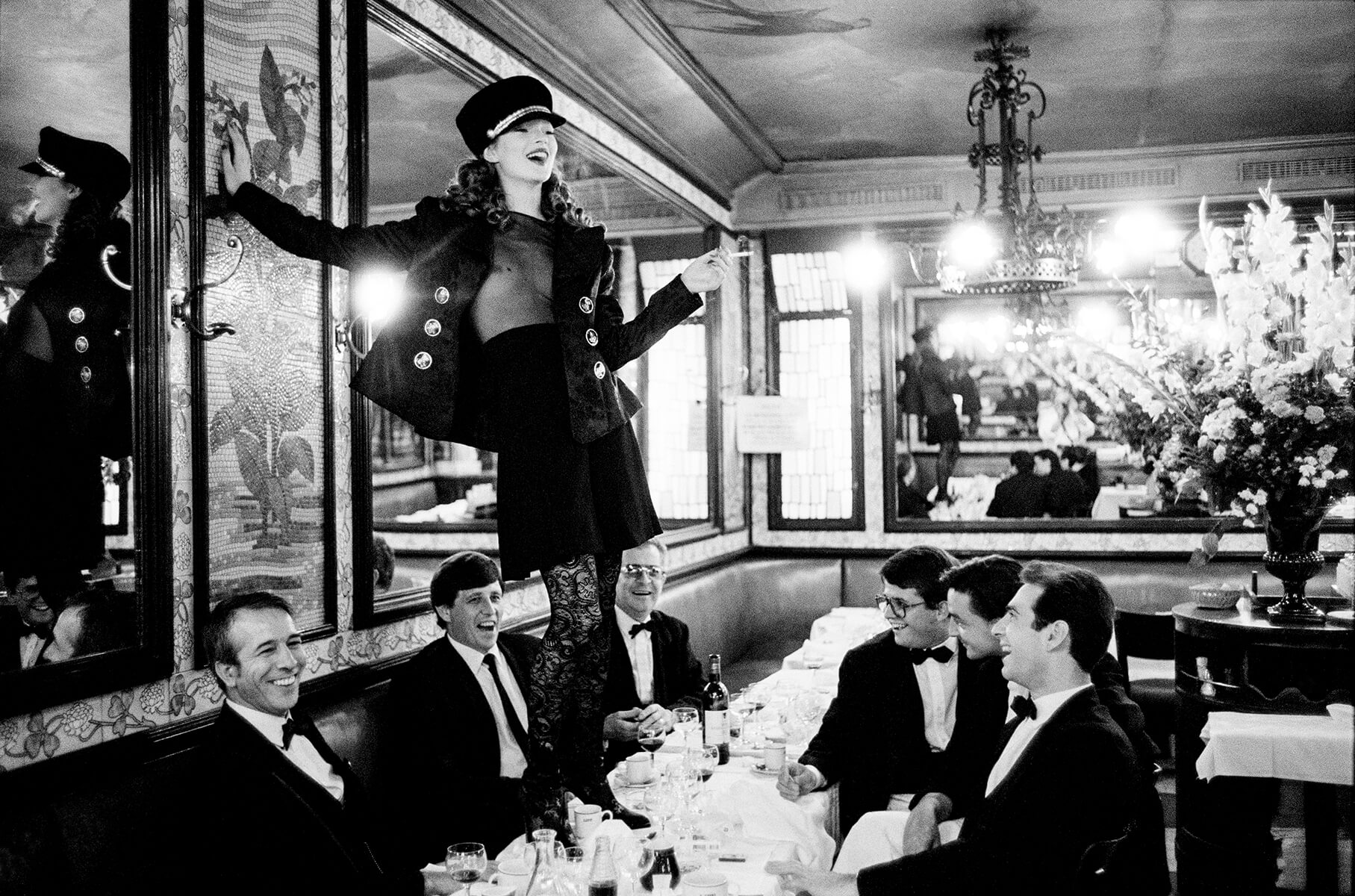
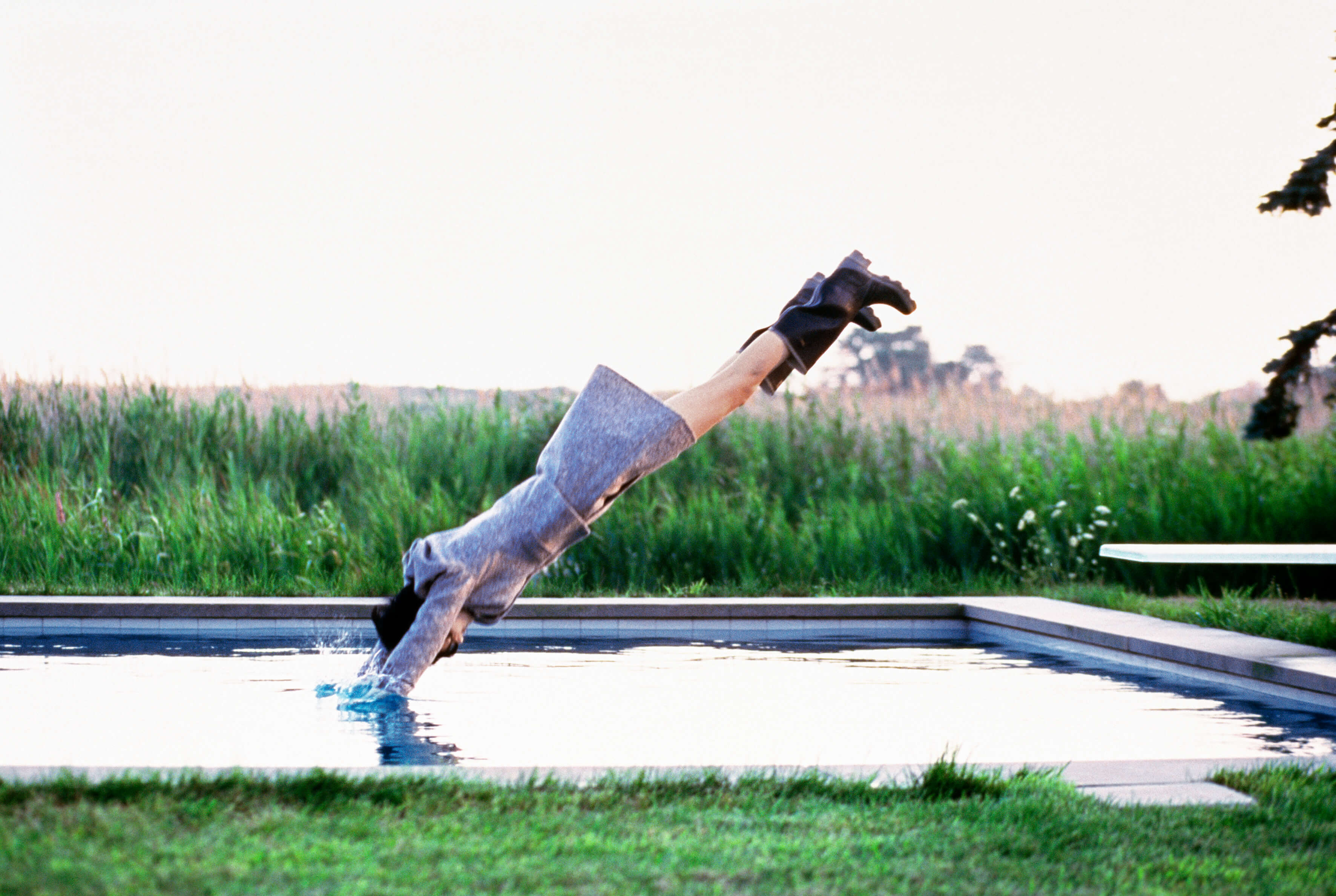
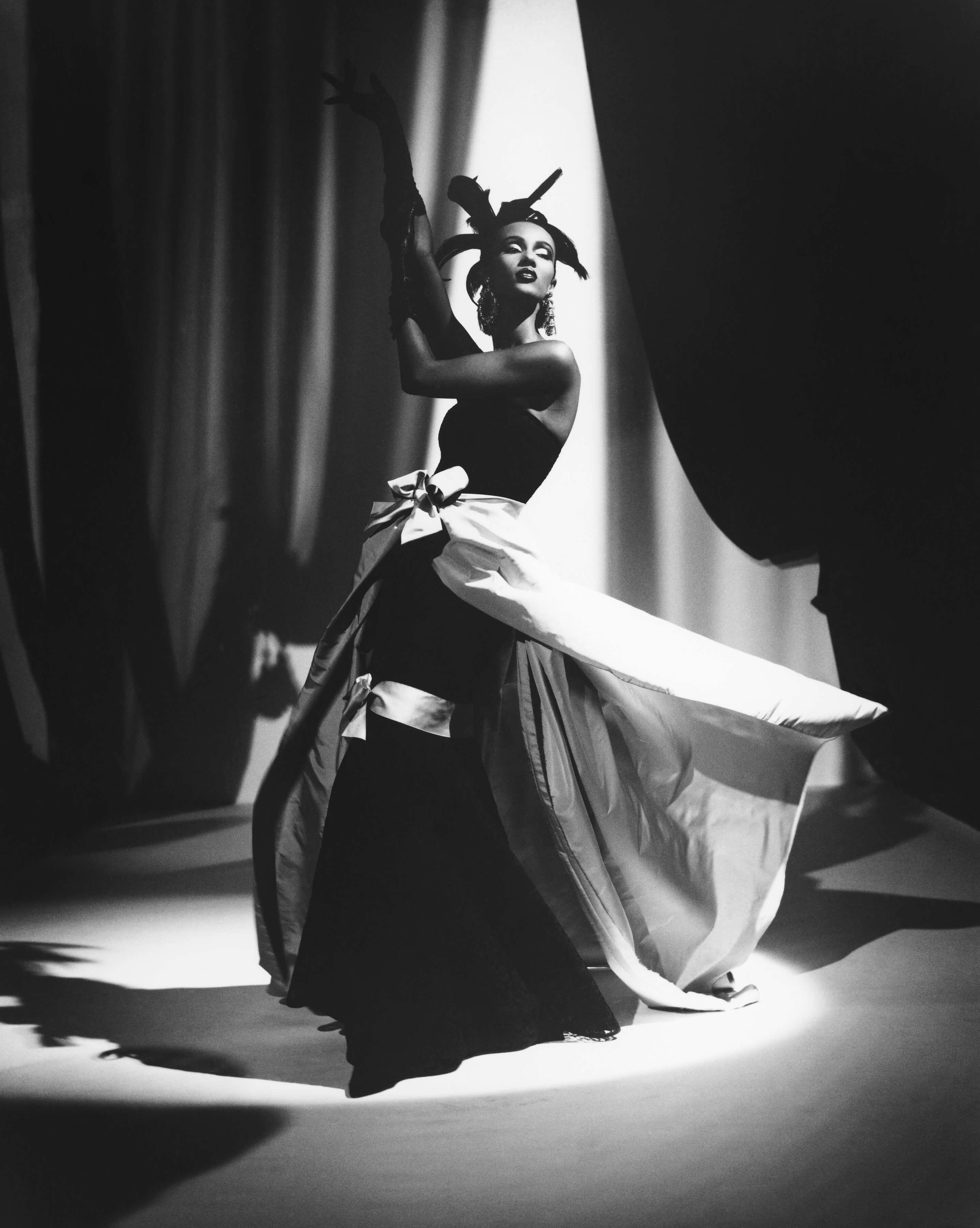
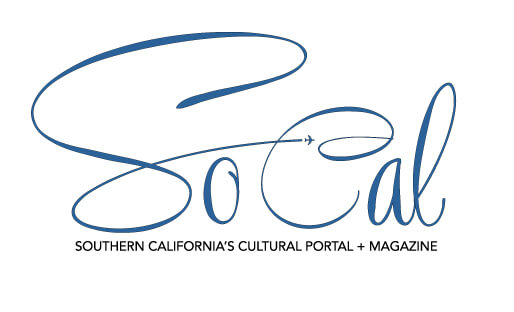

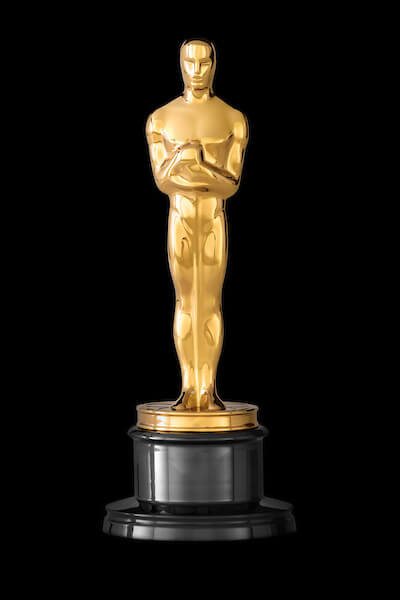



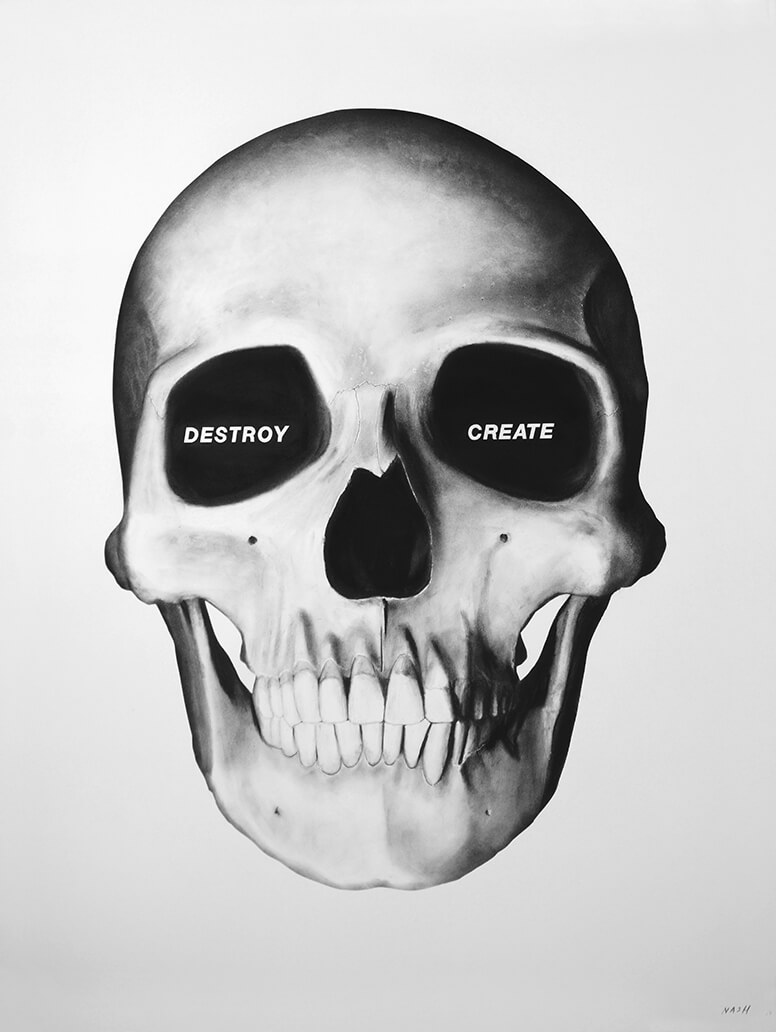
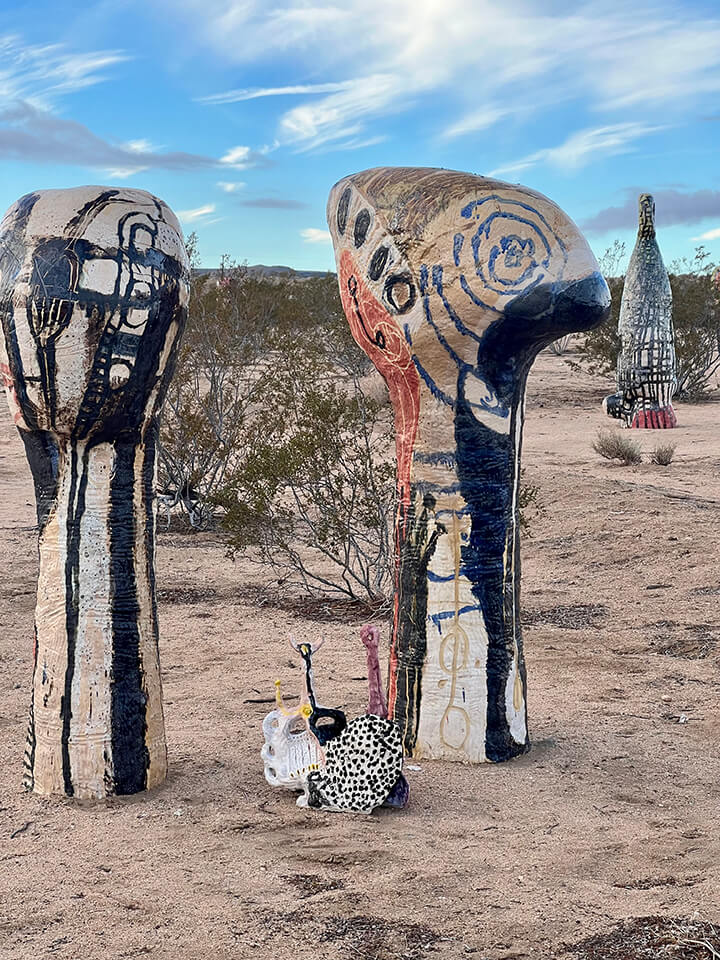
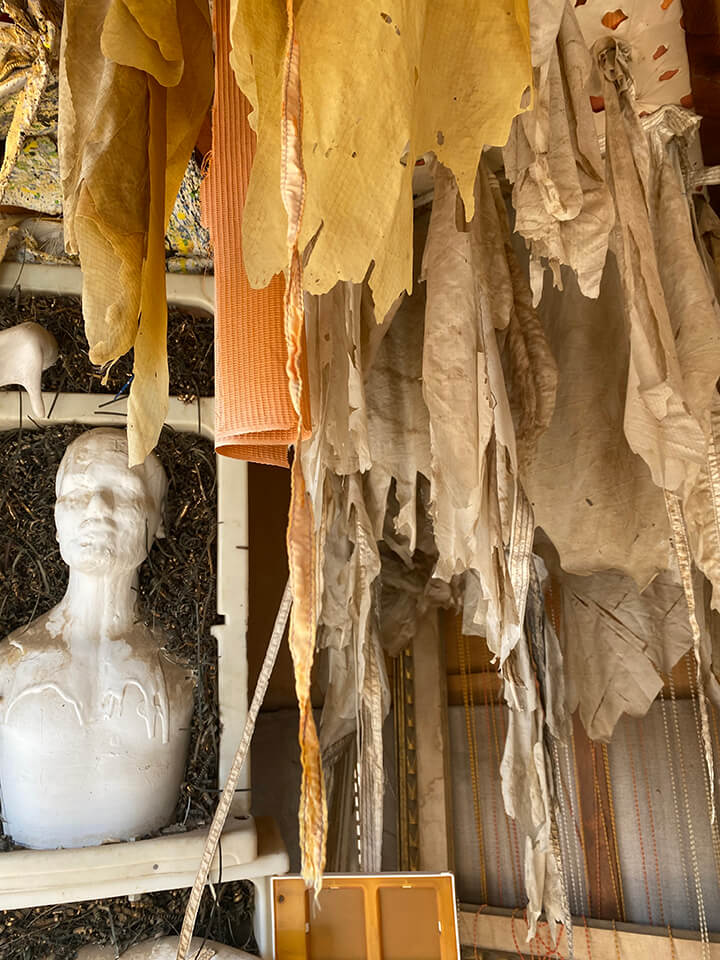
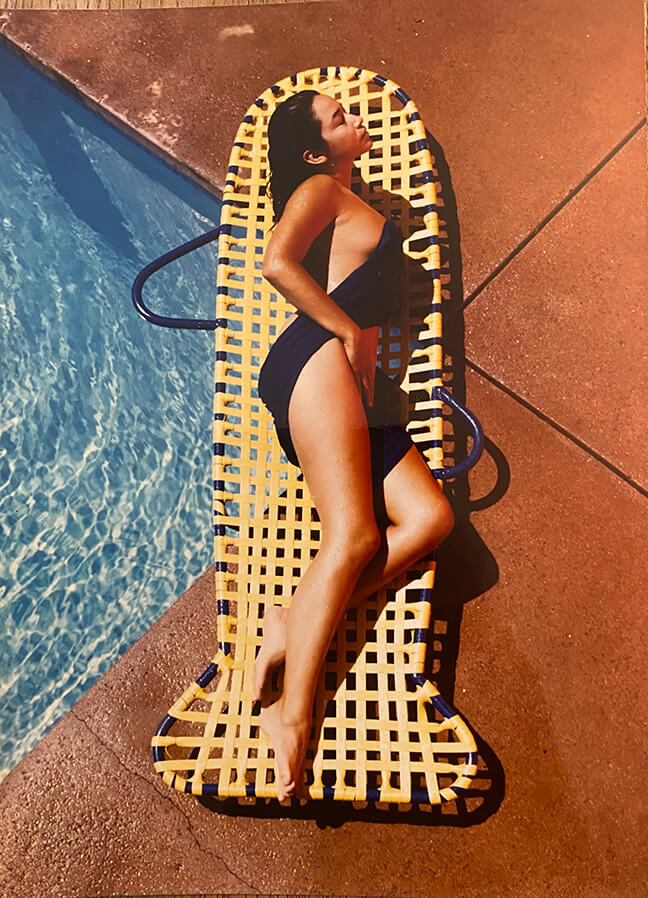
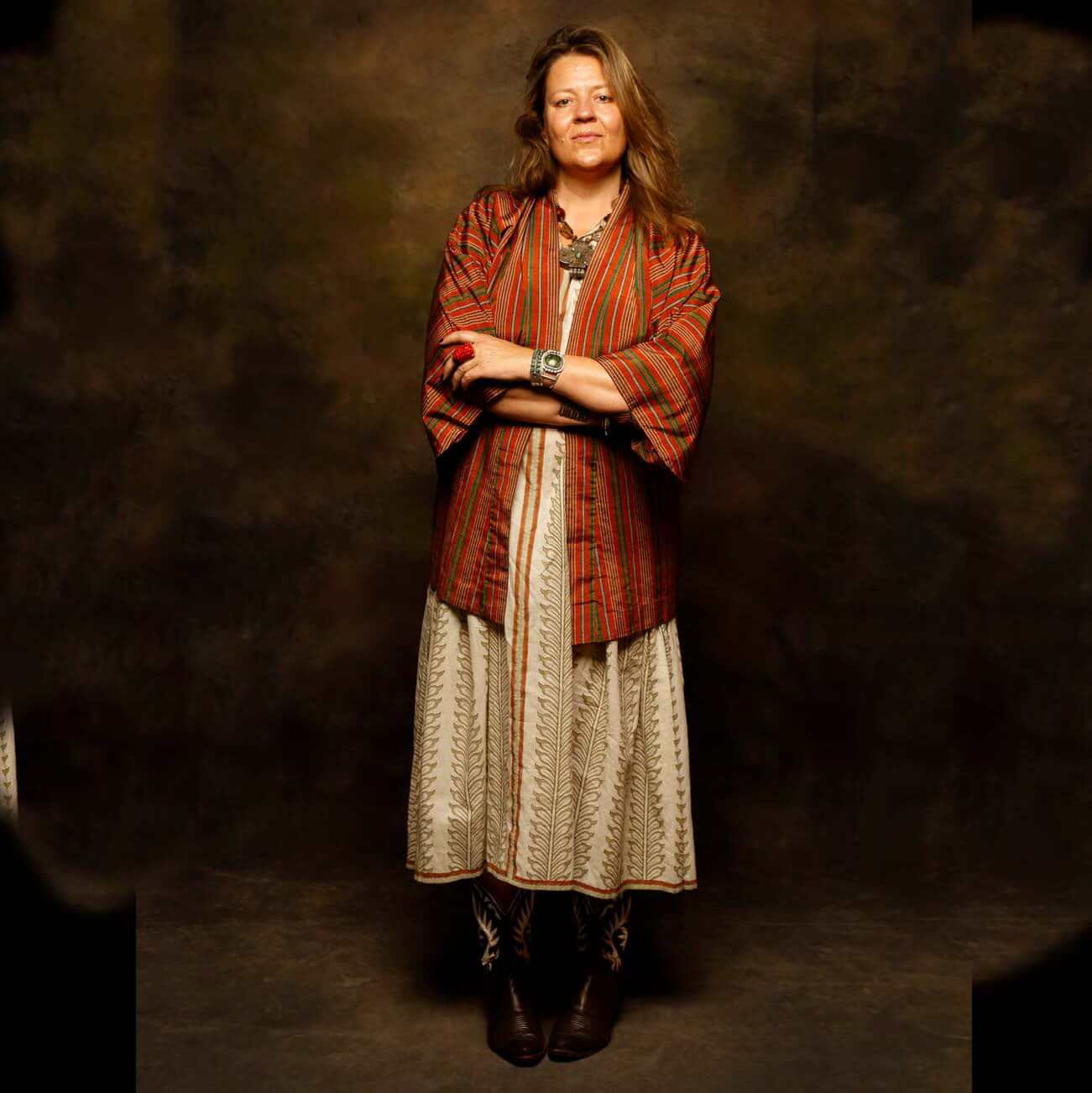
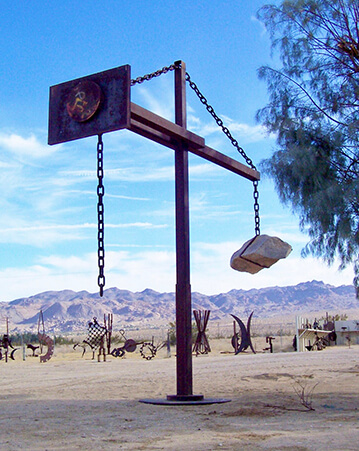
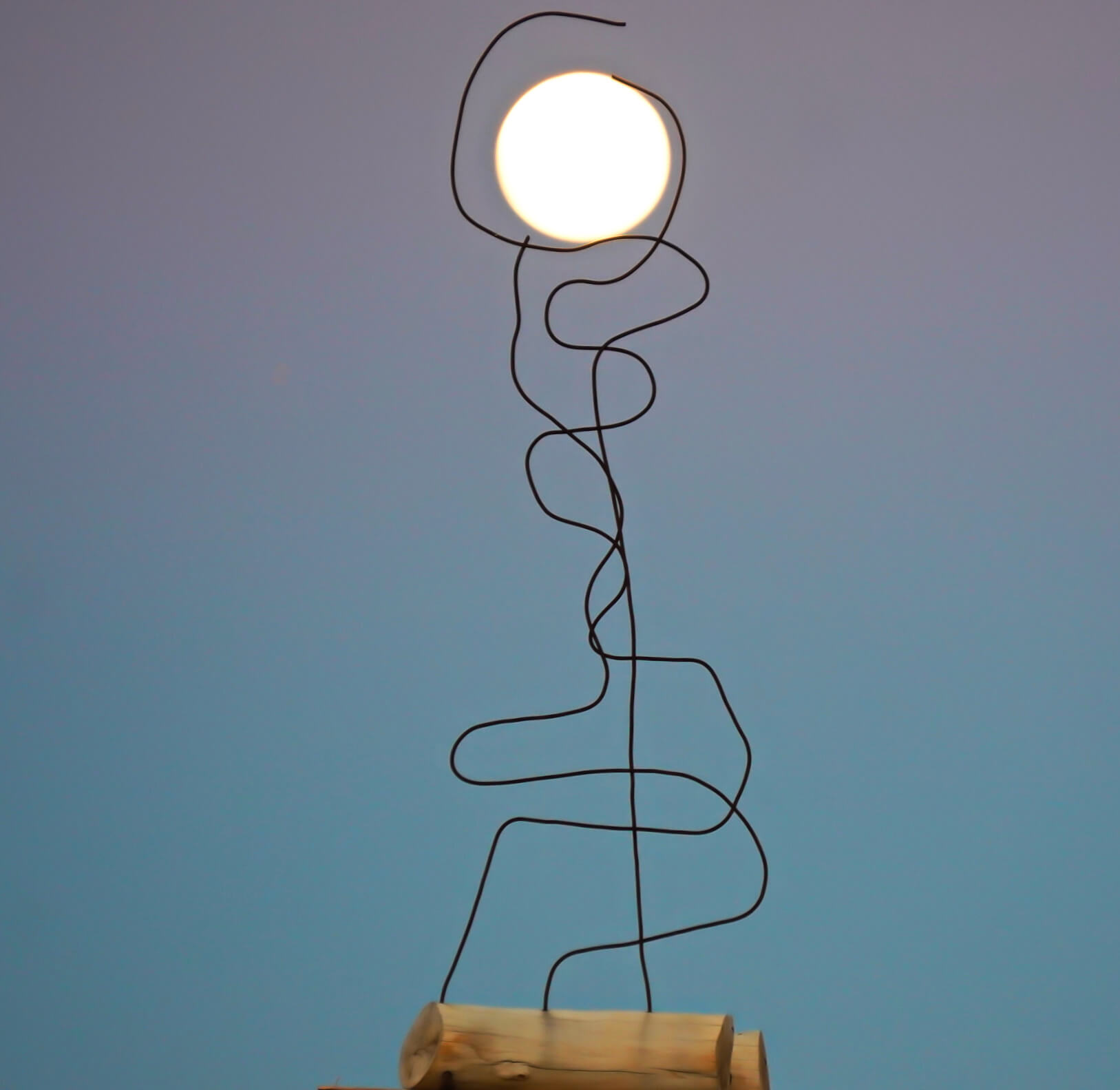



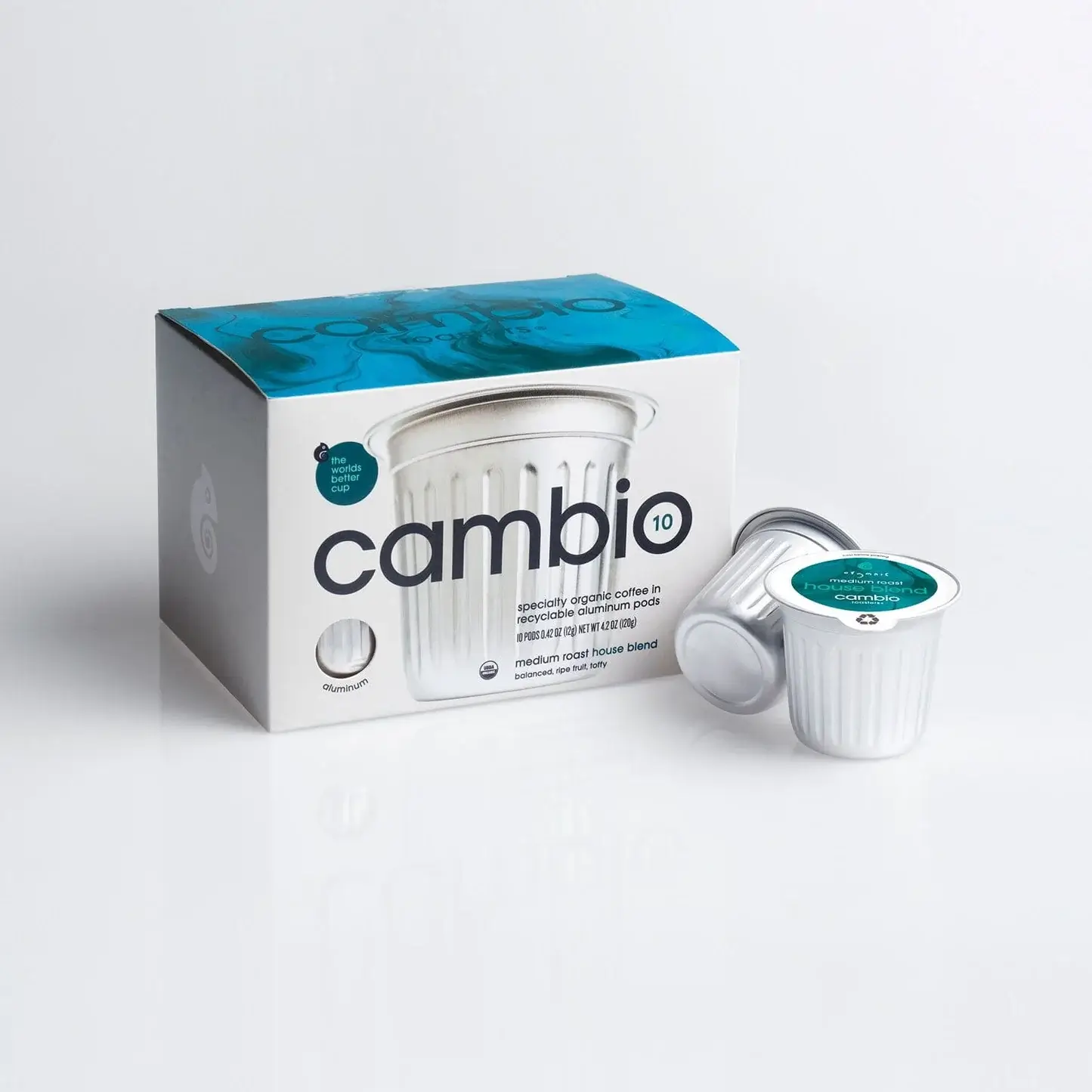

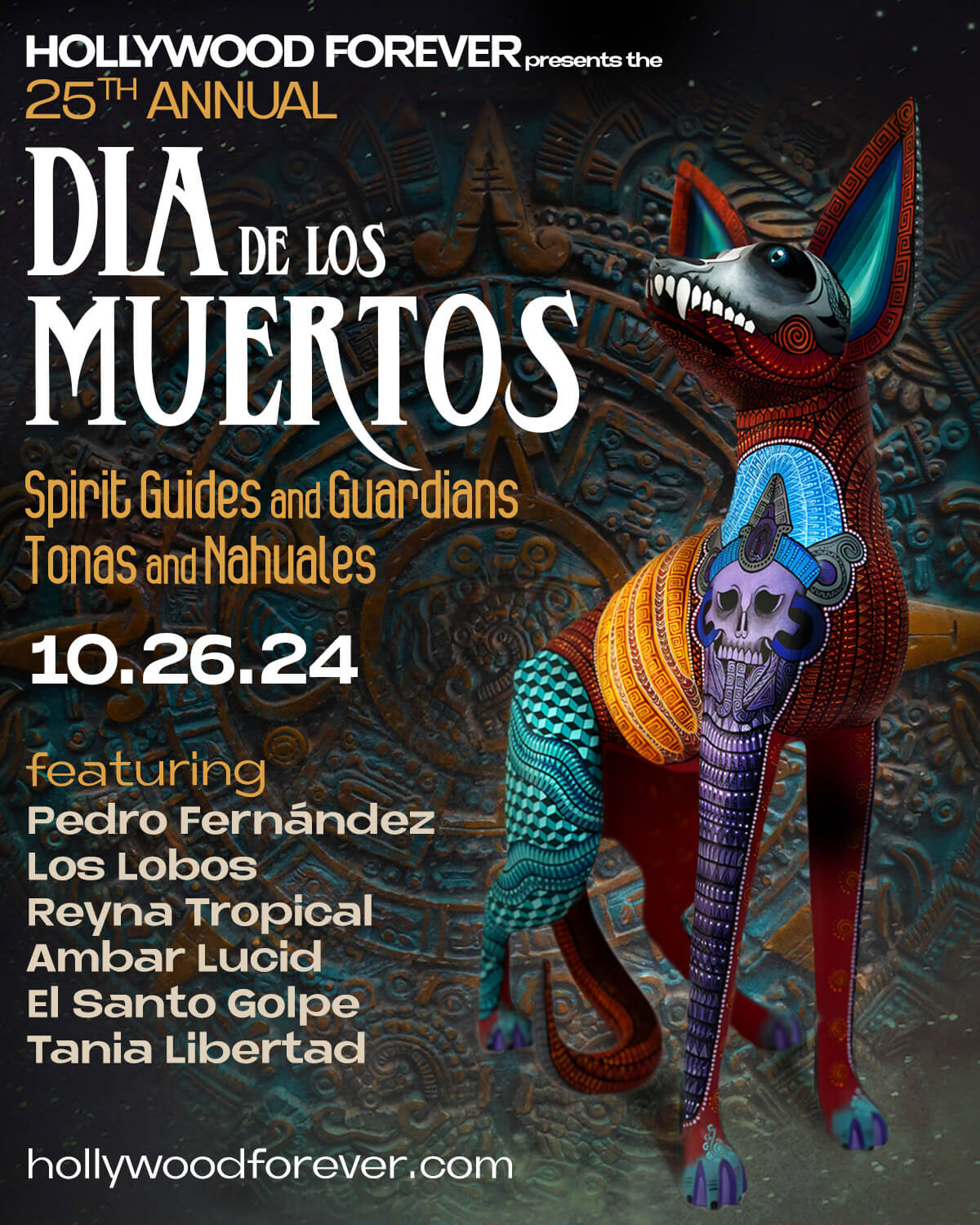
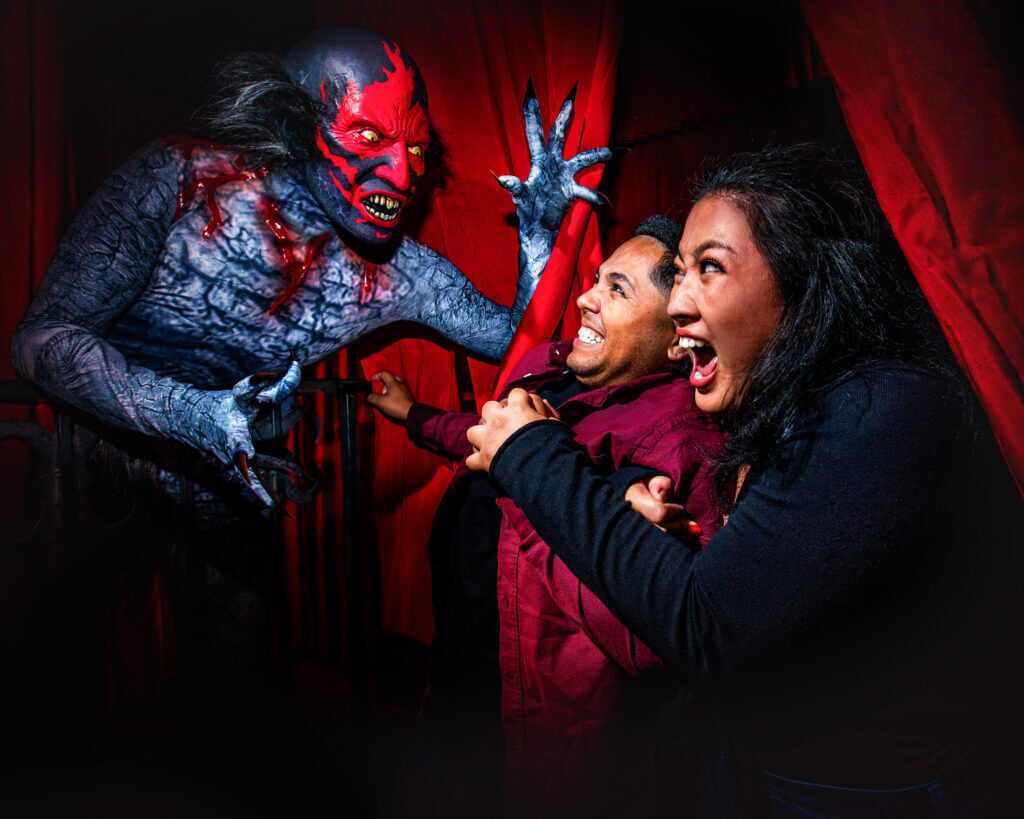


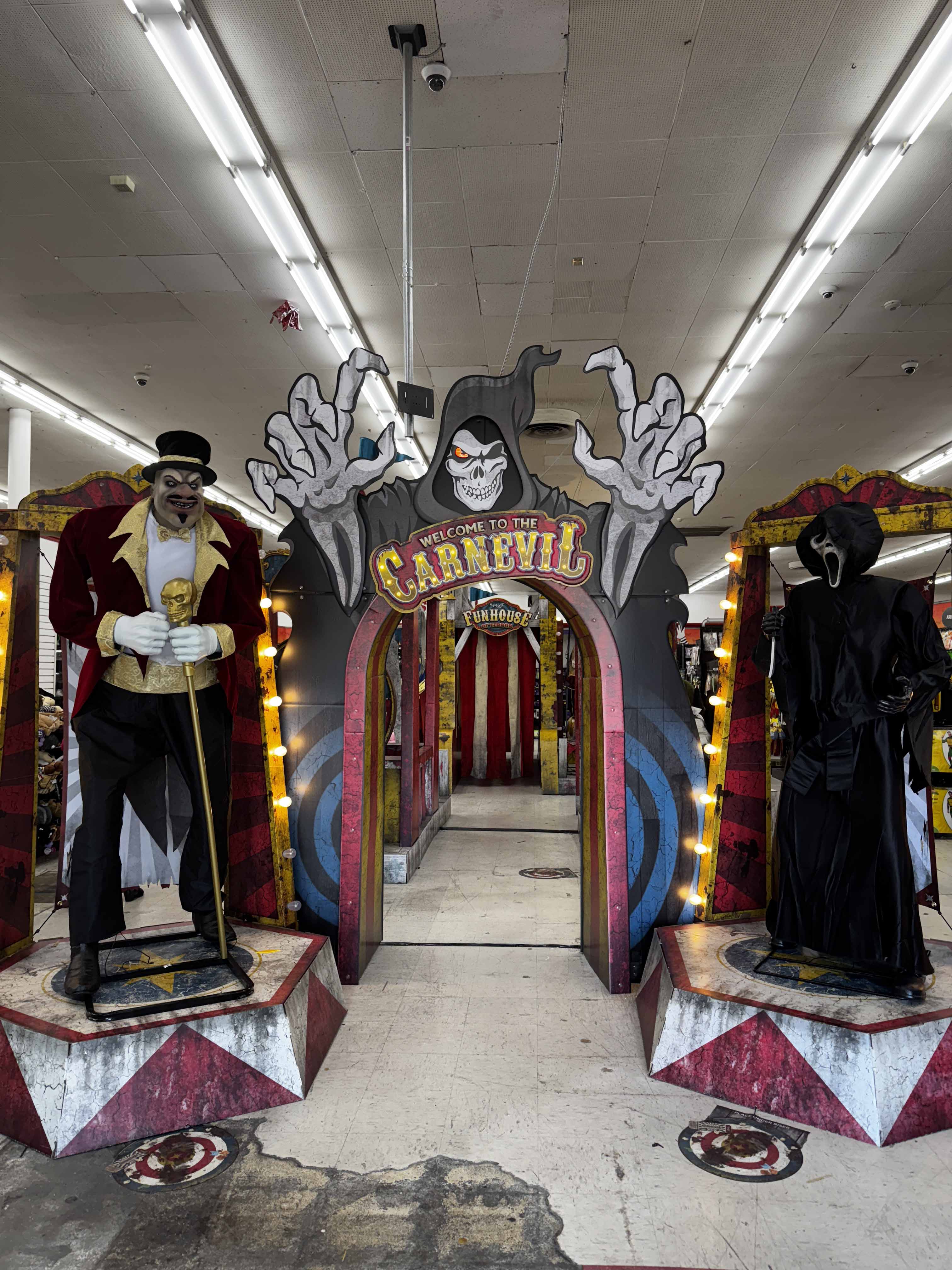
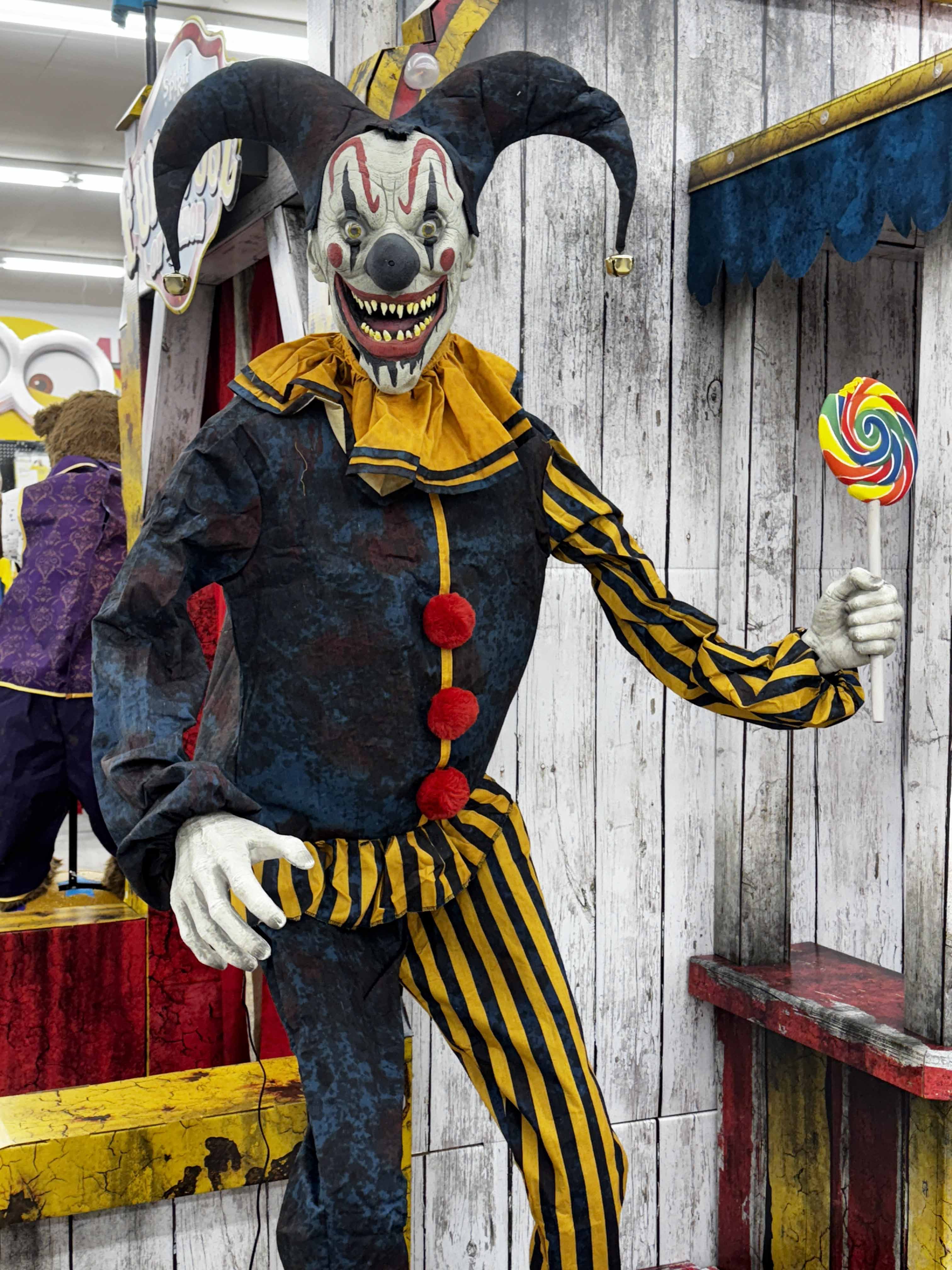

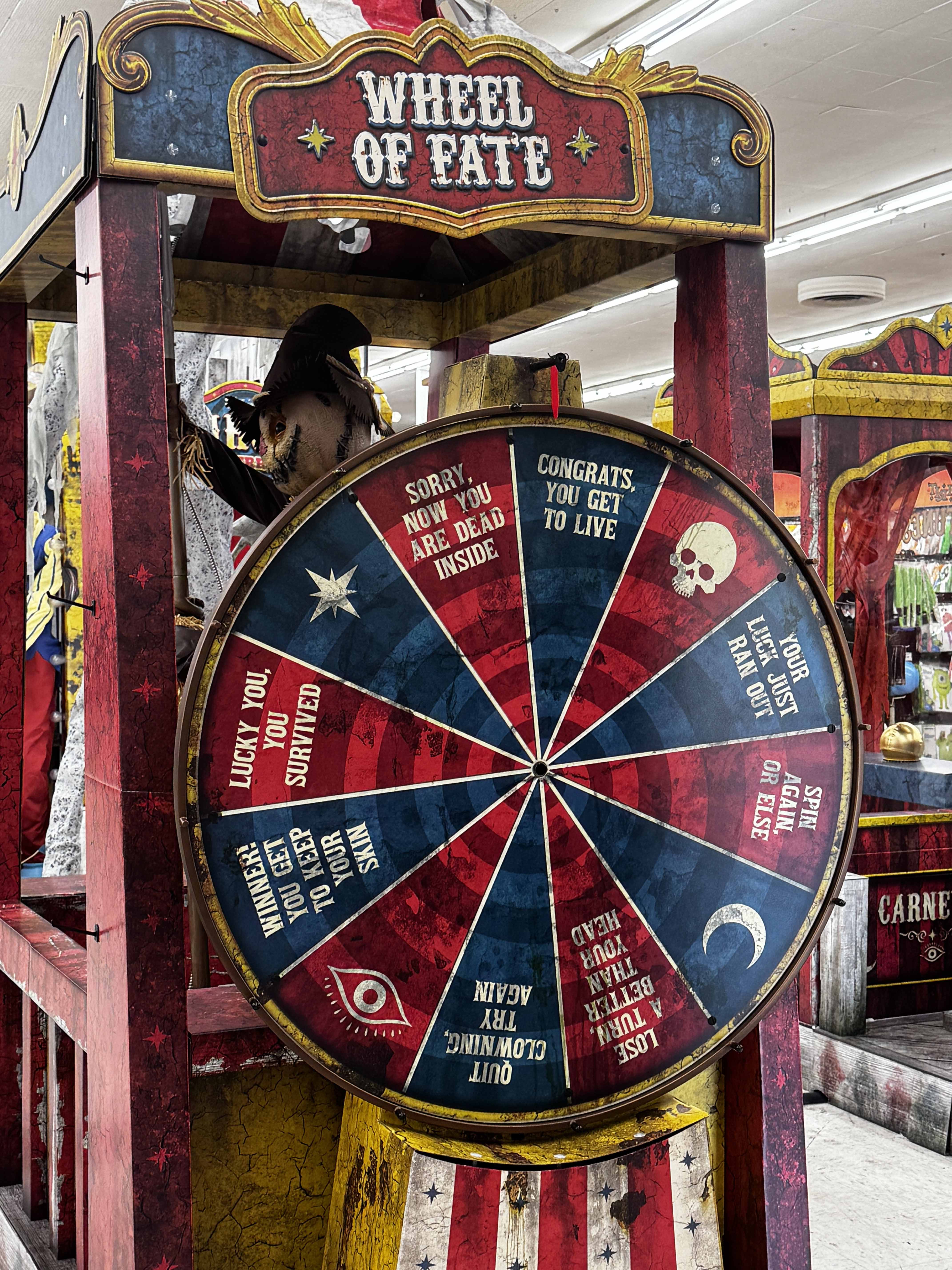




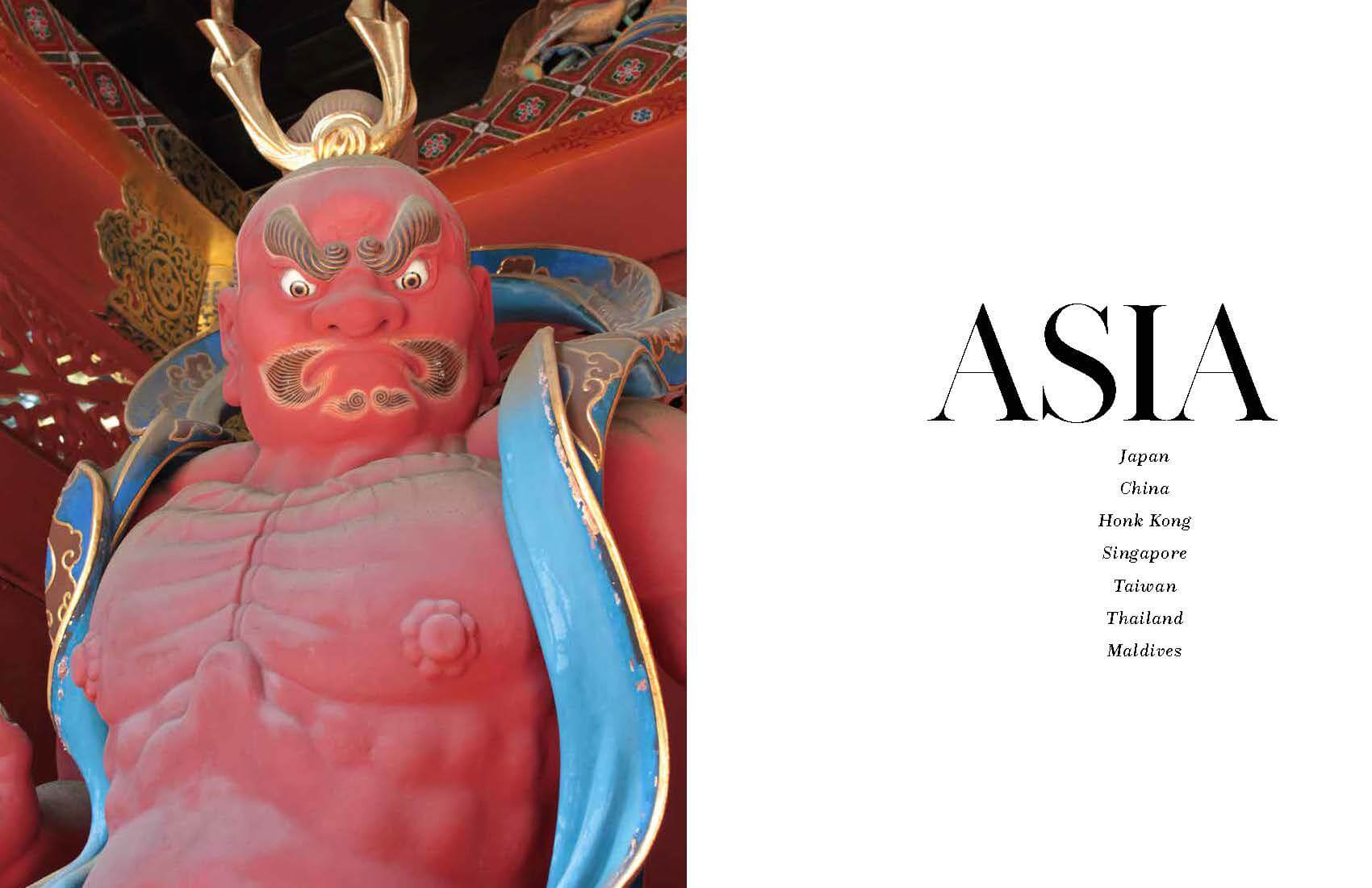
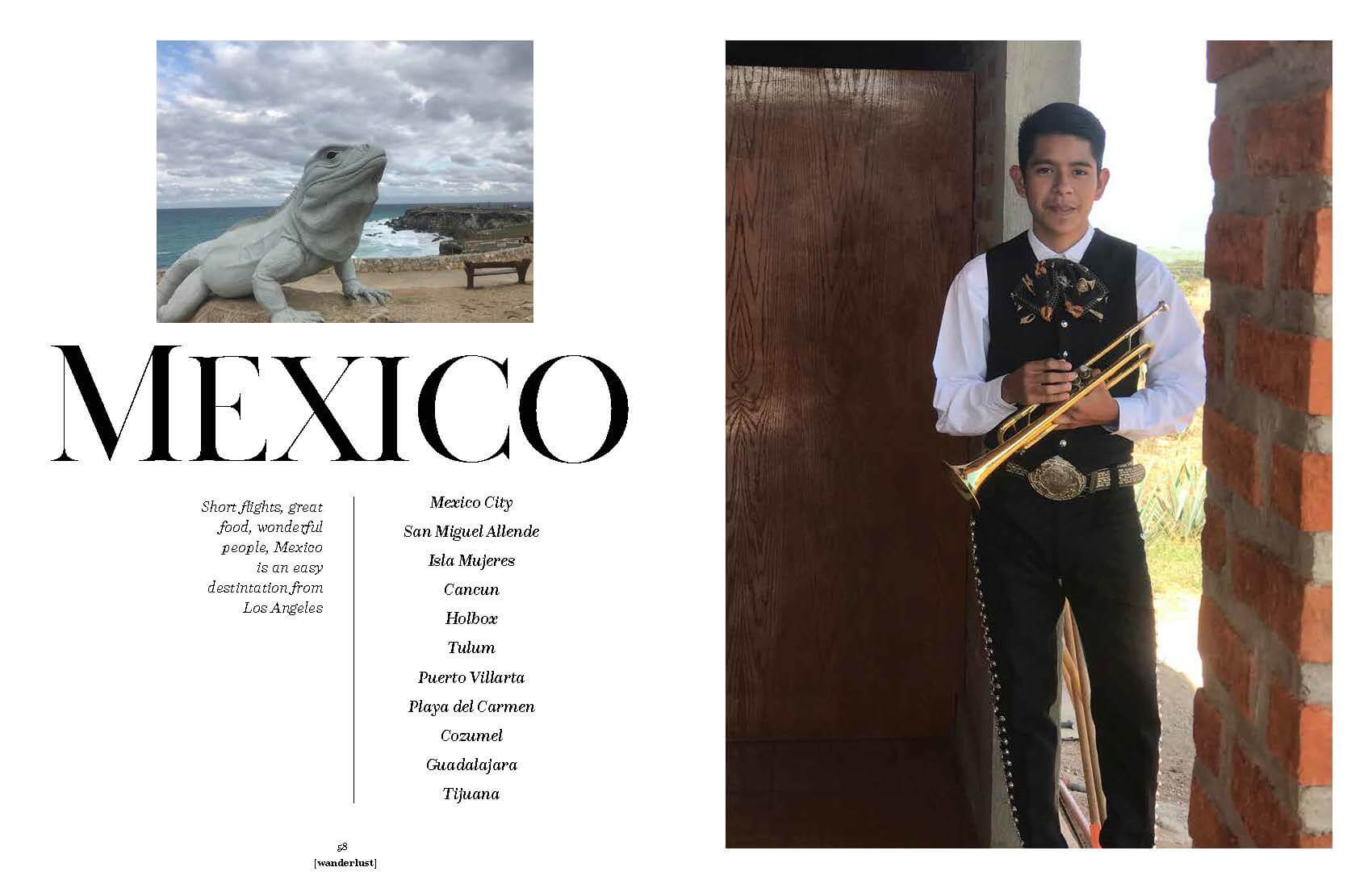
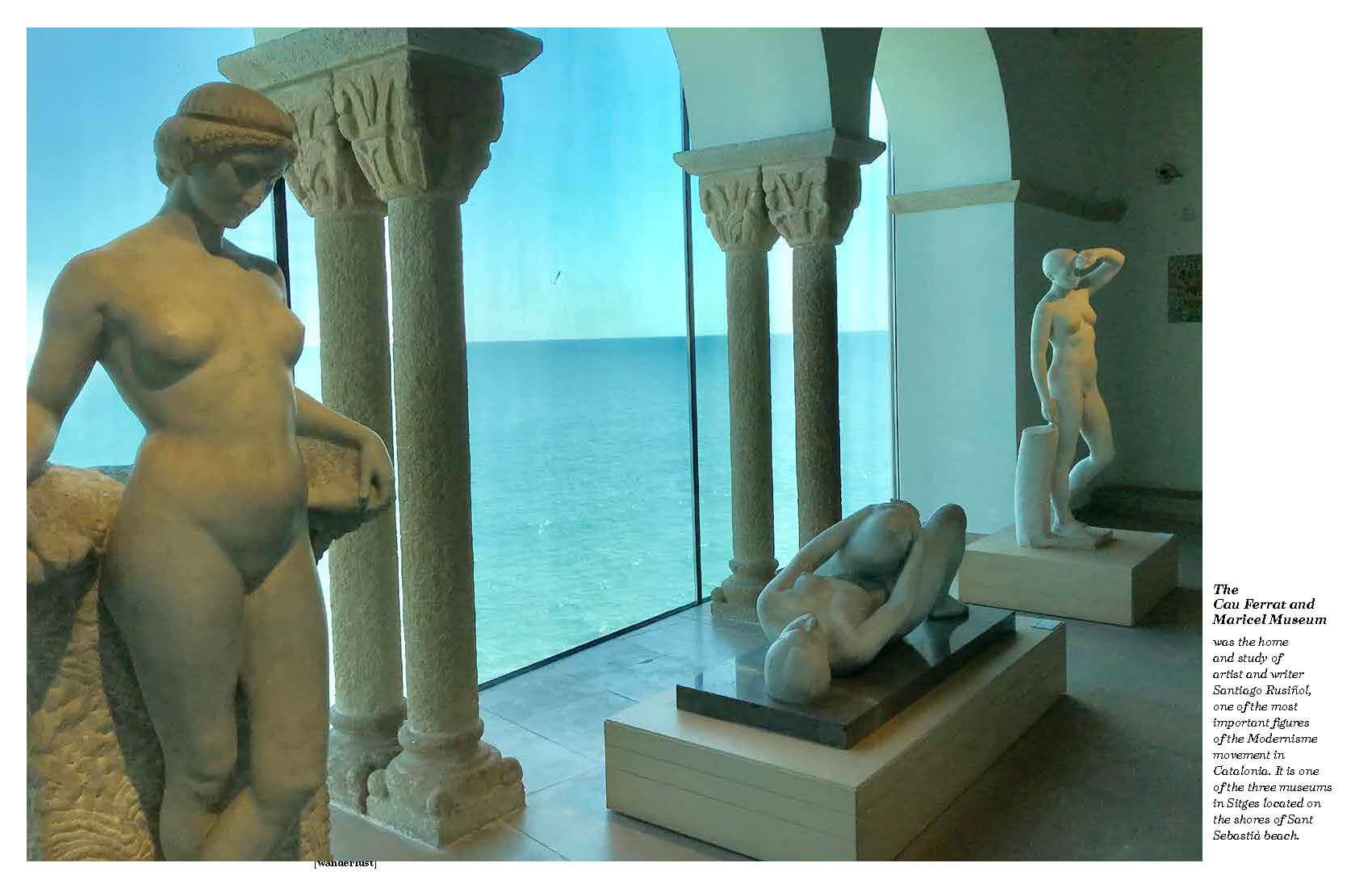
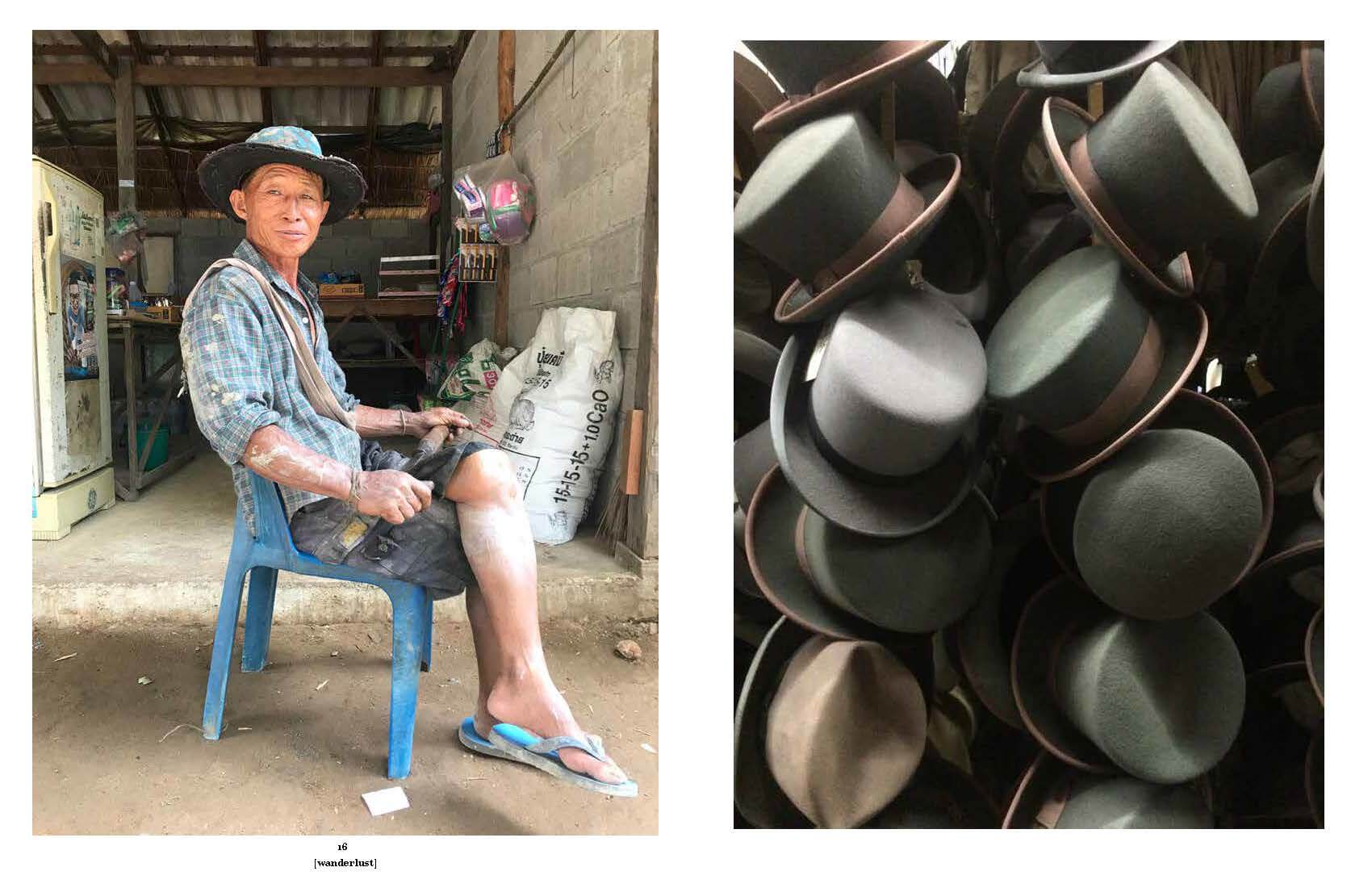
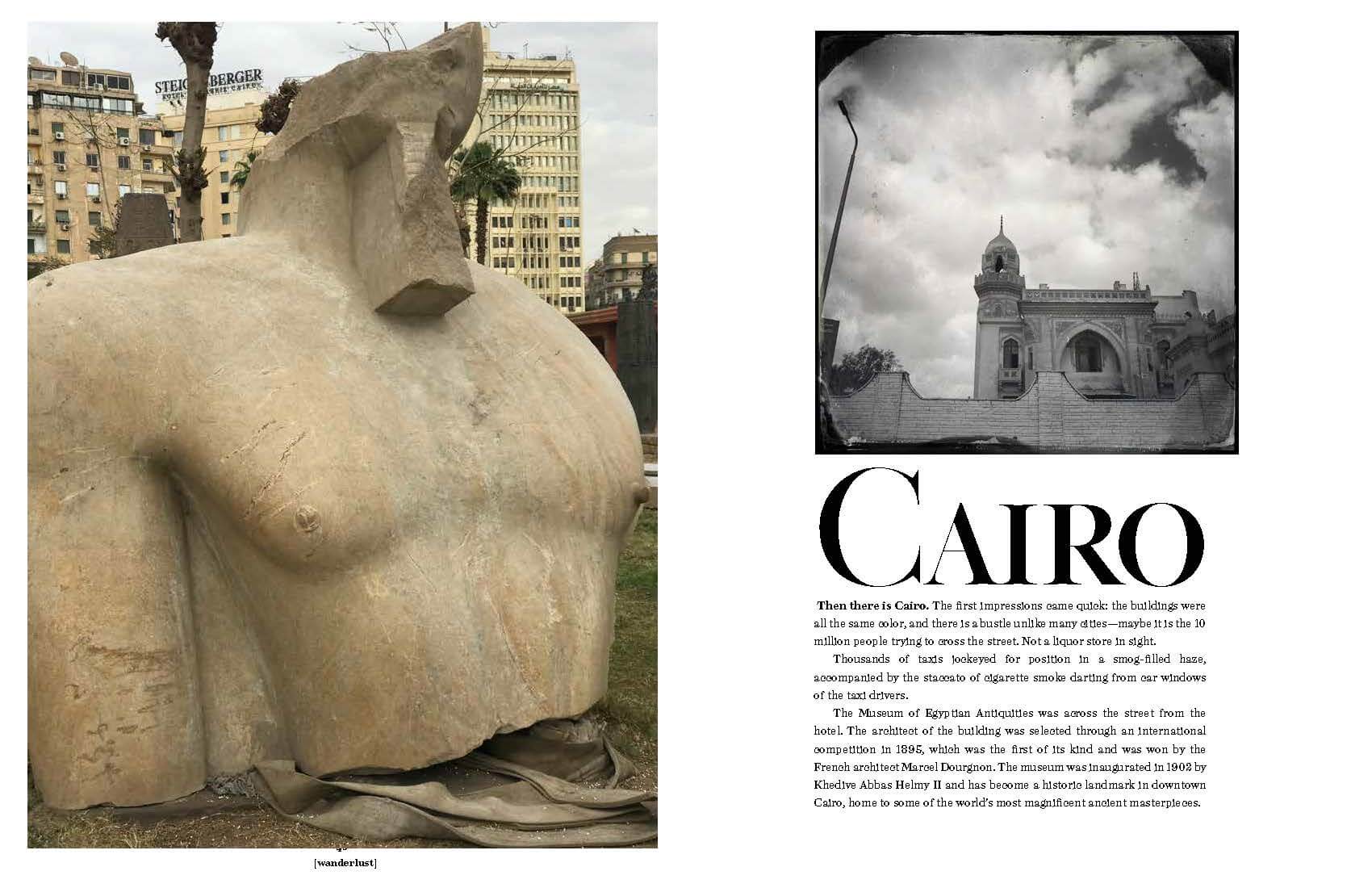
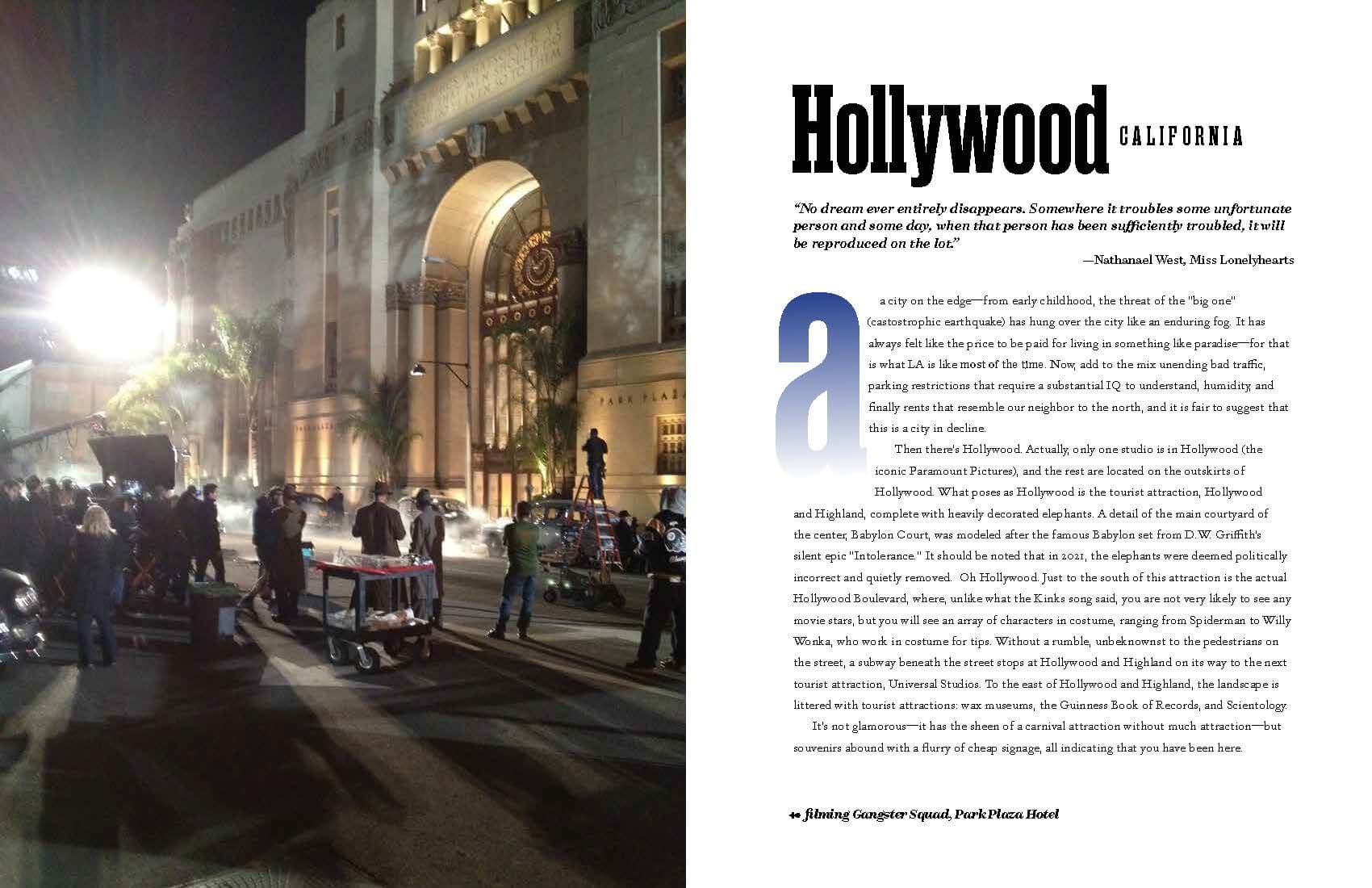




 There was a time—and it would be right about now, late afternoon. The sun would be setting and the weather would invite the family to pack up head to a drive-in theatre. There was a playground in front of the screen, seated in a a small sand box and once the movie began, every child was summoned back to the car. Drive-in theaters emerged in the 1930s, peaking in popularity during the 1950s and 60s. They provided a perfect blend of the automotive culture and the burgeoning film industry, creating a social hub for communities. Families piled into their cars, packed with blankets and pillows, eager to enjoy the latest Hollywood offerings from the cozy confines of their vehicles.
There was a time—and it would be right about now, late afternoon. The sun would be setting and the weather would invite the family to pack up head to a drive-in theatre. There was a playground in front of the screen, seated in a a small sand box and once the movie began, every child was summoned back to the car. Drive-in theaters emerged in the 1930s, peaking in popularity during the 1950s and 60s. They provided a perfect blend of the automotive culture and the burgeoning film industry, creating a social hub for communities. Families piled into their cars, packed with blankets and pillows, eager to enjoy the latest Hollywood offerings from the cozy confines of their vehicles.
 The Fahey/Klein Gallery is pleased to present Face the Music: The Legacy of Music Photography. The exhibition celebrates the enduring legacy of music legends who transcended the boundaries of entertainment to become cultural icons. The curation brings together iconic photographers and musicians, from the forties to today, showcasing how their collaborative artistry captured and shaped the cultural zeitgeist of their respective eras. These artists not only created memorable music but also challenged societal norms, sparked significant movements, and mirrored the changes within society visible in the emblematic photographs on display.
The Fahey/Klein Gallery is pleased to present Face the Music: The Legacy of Music Photography. The exhibition celebrates the enduring legacy of music legends who transcended the boundaries of entertainment to become cultural icons. The curation brings together iconic photographers and musicians, from the forties to today, showcasing how their collaborative artistry captured and shaped the cultural zeitgeist of their respective eras. These artists not only created memorable music but also challenged societal norms, sparked significant movements, and mirrored the changes within society visible in the emblematic photographs on display.